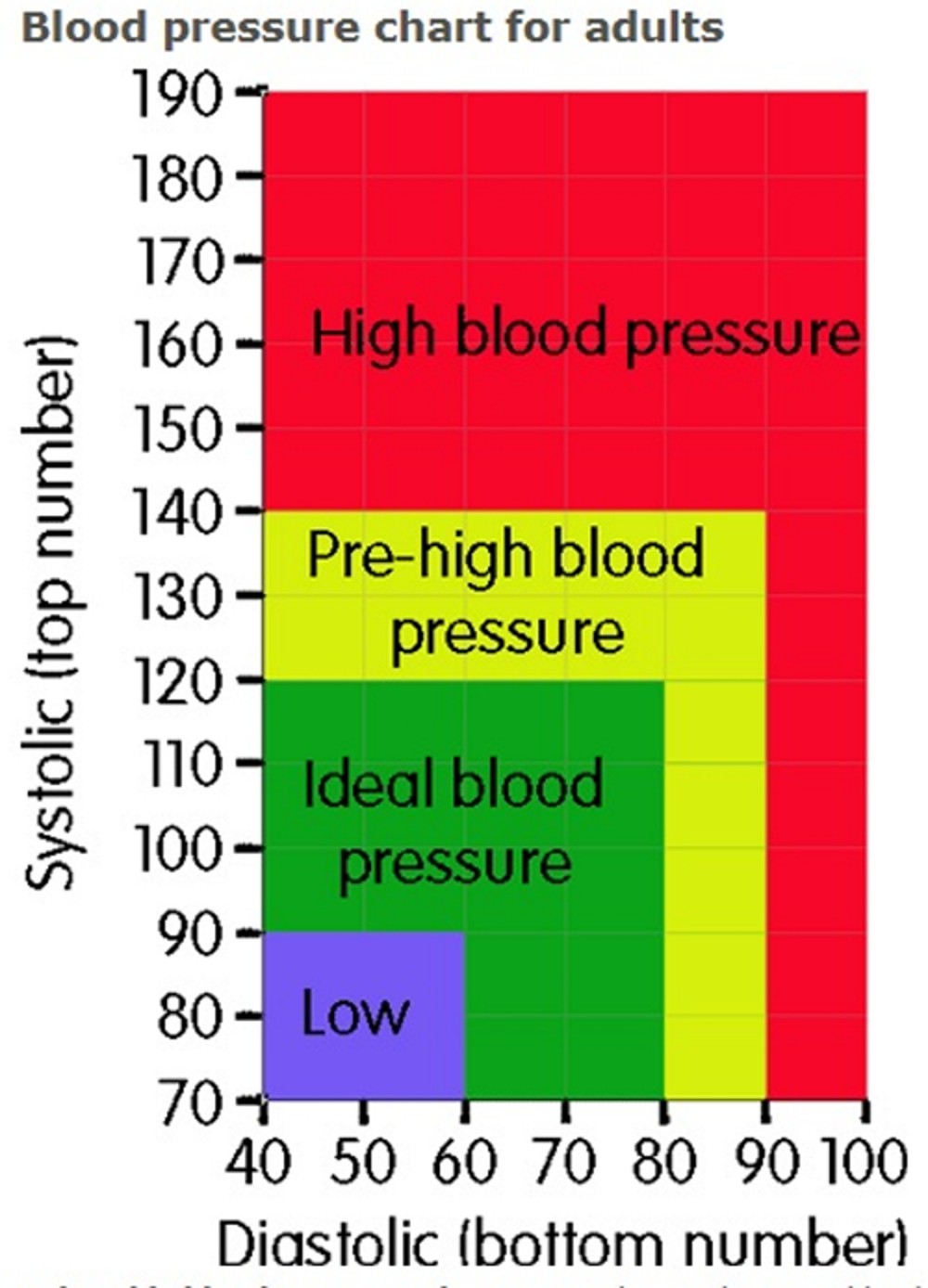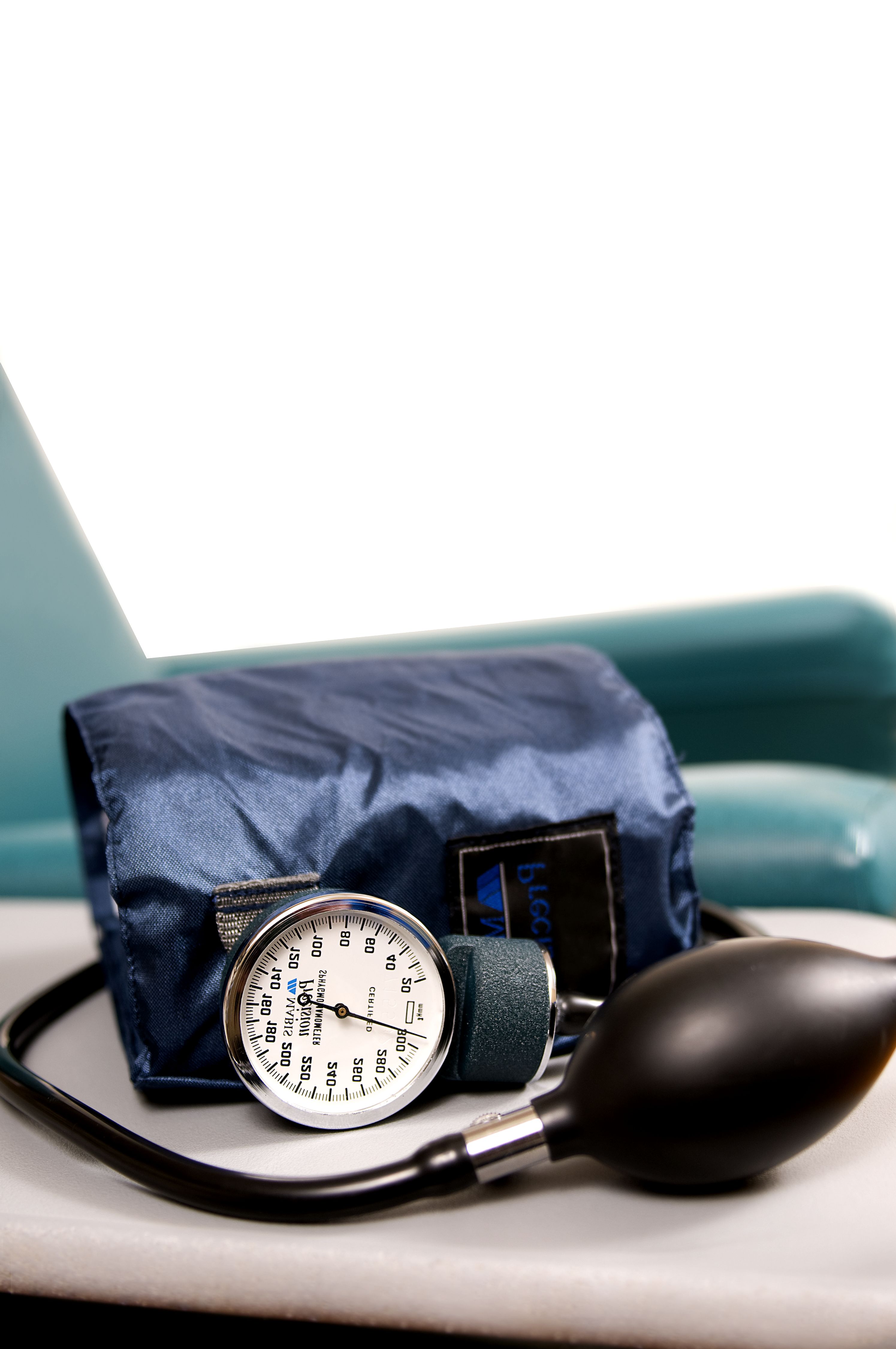Blood pressure is highest. Understanding High Blood Pressure: Causes, Symptoms, and Treatment Options
What is high blood pressure and how is it diagnosed. How does high blood pressure affect your health. What are the different types of hypertension. What lifestyle changes and treatments can help manage high blood pressure. How to interpret blood pressure readings and understand hypertension categories.
What is Blood Pressure and How is it Measured?
Blood pressure refers to the force exerted by blood against the walls of arteries as it circulates through the body. It is measured using two numbers:
- Systolic pressure: The pressure when the heart beats and pumps blood
- Diastolic pressure: The pressure when the heart is at rest between beats
Blood pressure is typically written as systolic over diastolic, such as 120/80 mmHg. To measure blood pressure, healthcare providers use a sphygmomanometer, which consists of an inflatable cuff that goes around the upper arm and a pressure gauge. The cuff is inflated to temporarily stop blood flow, then slowly deflated as the provider listens with a stethoscope for the sound of blood starting to flow again.

Why are Blood Pressure Readings Important?
Regular blood pressure readings are crucial for monitoring cardiovascular health. High blood pressure, or hypertension, often has no obvious symptoms but can lead to serious health complications if left untreated. By tracking blood pressure over time, doctors can identify potential issues early and recommend appropriate lifestyle changes or treatments.
Understanding Blood Pressure Categories and Ranges
The American Heart Association recognizes five main blood pressure categories:
- Normal: Less than 120/80 mmHg
- Elevated: 120-129 systolic and less than 80 diastolic
- Hypertension Stage 1: 130-139 systolic or 80-89 diastolic
- Hypertension Stage 2: 140 or higher systolic or 90 or higher diastolic
- Hypertensive Crisis: Higher than 180 systolic and/or higher than 120 diastolic
It’s important to note that a single high reading does not necessarily indicate hypertension. Doctors typically take multiple readings over time before making a diagnosis. For children and teens, blood pressure is evaluated based on age, height, and sex-specific percentiles.
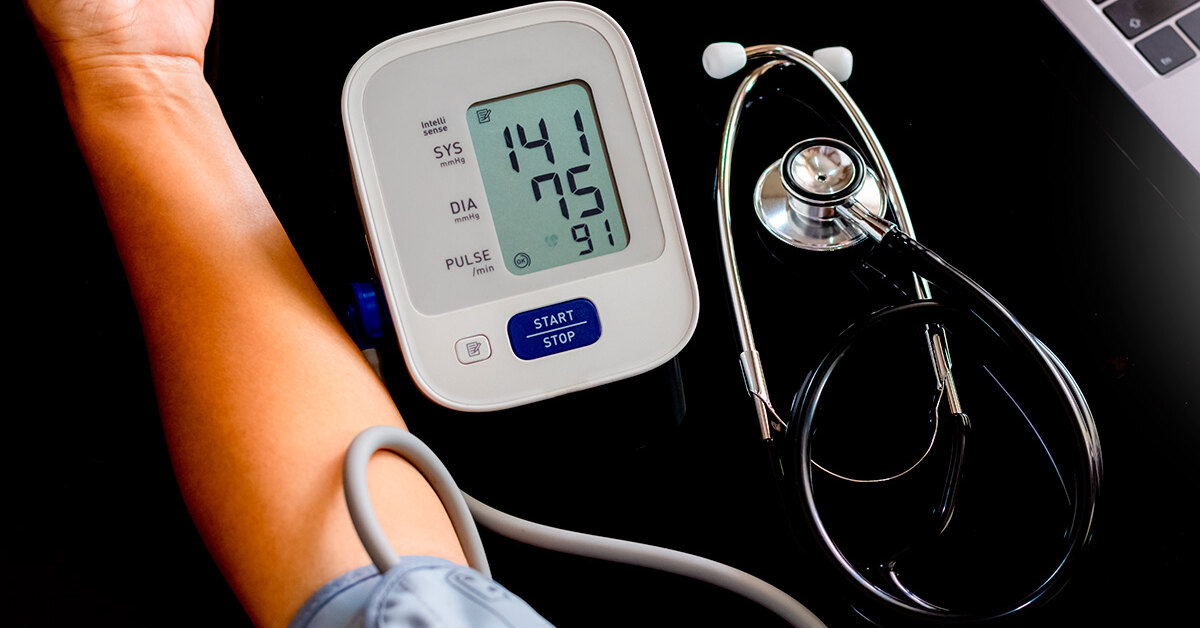
Is systolic or diastolic pressure more important?
While both numbers are significant, research suggests that systolic pressure may be a stronger predictor of cardiovascular risk, especially in people over 50. However, elevated diastolic pressure is also associated with increased health risks, particularly in younger individuals. The ideal approach is to keep both numbers within the normal range.
Types of High Blood Pressure and Their Causes
There are two main types of high blood pressure:
Primary (Essential) Hypertension
This is the most common form, affecting about 90-95% of people with high blood pressure. It develops gradually over time and doesn’t have a single identifiable cause. Factors that may contribute to primary hypertension include:
- Genetics
- Age
- Unhealthy lifestyle habits (poor diet, lack of exercise, excessive alcohol consumption)
- Obesity
- Stress
Secondary Hypertension
This type is caused by an underlying medical condition or medication. It tends to appear suddenly and cause higher blood pressure than primary hypertension. Common causes include:

- Kidney disease
- Thyroid problems
- Sleep apnea
- Certain medications (e.g., birth control pills, decongestants, pain relievers)
- Illegal drugs (e.g., cocaine, amphetamines)
Identifying the underlying cause of secondary hypertension is crucial, as treating the primary condition may help normalize blood pressure.
Health Risks Associated with High Blood Pressure
Untreated high blood pressure can lead to various serious health complications:
Cardiovascular Complications
- Heart attack
- Stroke
- Heart failure
- Aneurysm
- Peripheral artery disease
Kidney Problems
- Chronic kidney disease
- Kidney failure
Eye Damage
- Retinopathy
- Choroidopathy
- Optic neuropathy
Cognitive Issues
- Mild cognitive impairment
- Vascular dementia
The risk of these complications increases the longer high blood pressure goes uncontrolled and the higher the blood pressure readings are.
Diagnosing High Blood Pressure: What to Expect
Diagnosing high blood pressure involves more than just a single reading. Here’s what you can expect during the diagnostic process:

Initial Screening
Your healthcare provider will take your blood pressure using a sphygmomanometer. If the reading is high, they’ll likely take another reading later in the same visit to confirm.
Multiple Readings Over Time
To diagnose hypertension, doctors typically need multiple elevated readings on different days. This helps rule out temporary factors that might cause a spike in blood pressure, such as stress or caffeine consumption.
Home Monitoring
Your doctor may recommend using a home blood pressure monitor to track your readings over time. This can help identify “white coat hypertension” (elevated readings only in medical settings) or “masked hypertension” (normal readings in medical settings but high at home).
Additional Tests
If hypertension is confirmed, your doctor may order additional tests to check for underlying causes or assess organ damage. These may include:
- Blood tests to check cholesterol, blood sugar, and kidney function
- Urine tests
- Electrocardiogram (ECG) to check heart function
- Echocardiogram to assess heart structure and function
Lifestyle Changes to Manage High Blood Pressure
For many people, lifestyle modifications can significantly lower blood pressure and reduce the need for medication. Key strategies include:
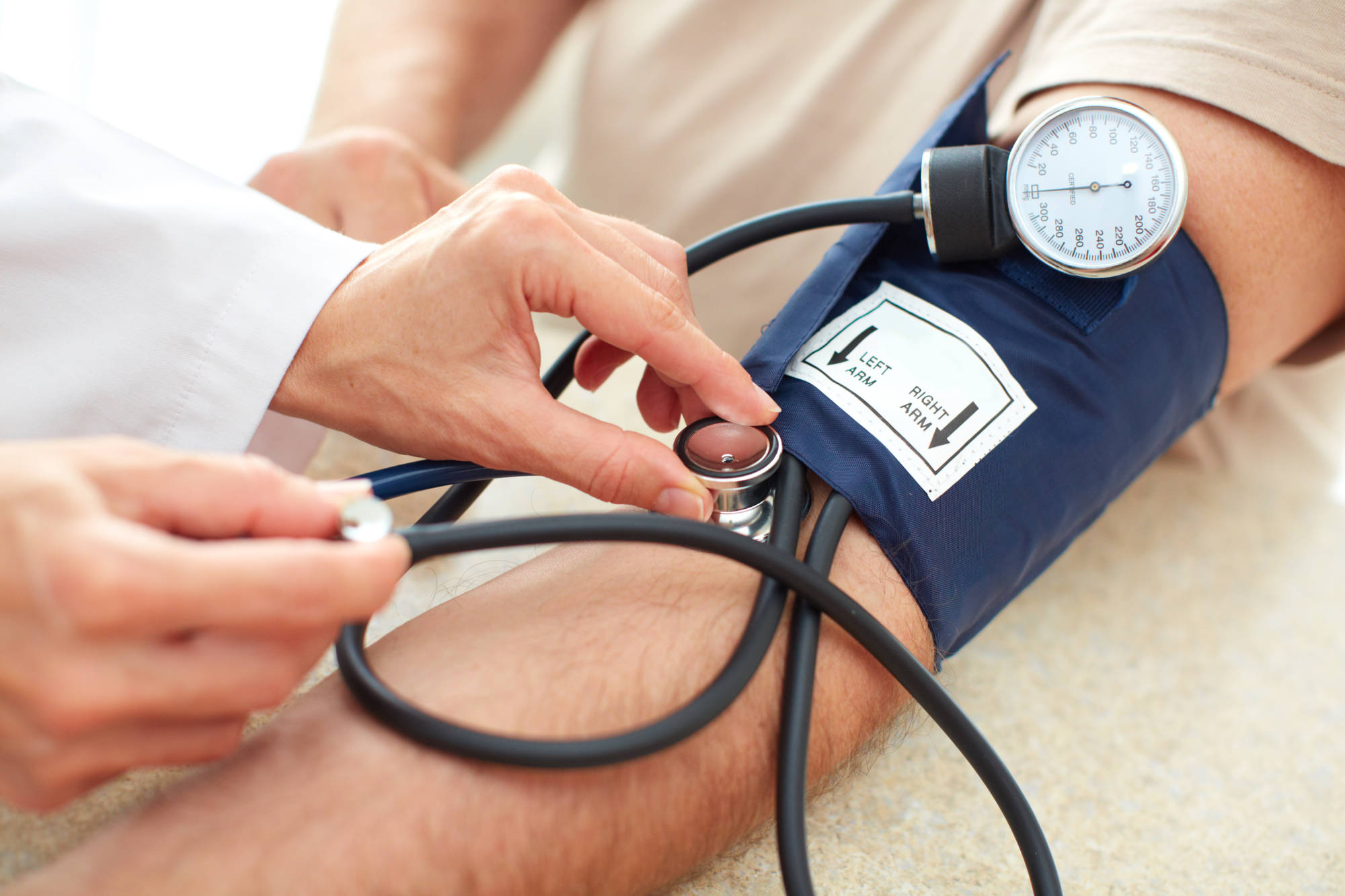
Dietary Changes
- Reduce sodium intake (aim for less than 2,300 mg per day, or less than 1,500 mg if you’re at higher risk)
- Adopt the DASH (Dietary Approaches to Stop Hypertension) diet, which emphasizes fruits, vegetables, whole grains, and lean proteins
- Increase potassium intake through foods like bananas, sweet potatoes, and leafy greens
- Limit alcohol consumption
Physical Activity
Regular exercise can lower blood pressure by 5-8 mmHg. Aim for at least 150 minutes of moderate-intensity aerobic activity or 75 minutes of vigorous-intensity aerobic activity per week.
Weight Management
Losing excess weight can have a significant impact on blood pressure. Even a small reduction in weight can help lower blood pressure in overweight individuals.
Stress Reduction
Chronic stress can contribute to high blood pressure. Techniques like meditation, deep breathing exercises, and yoga can help manage stress levels.
Quit Smoking
Smoking increases blood pressure and heart rate. Quitting can help normalize blood pressure and reduce overall cardiovascular risk.
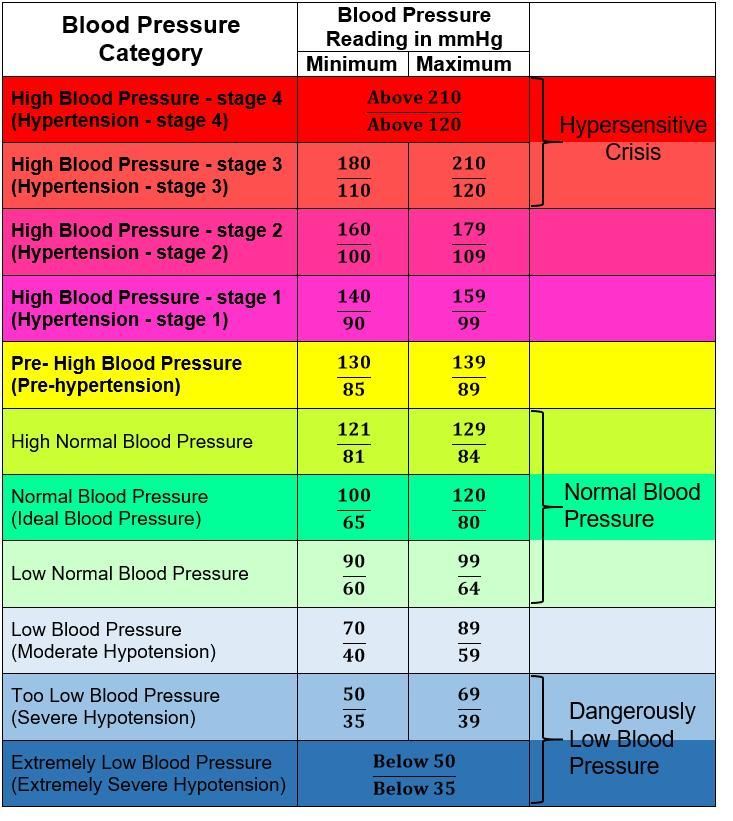
Medications for Treating High Blood Pressure
When lifestyle changes alone aren’t sufficient to control blood pressure, medications may be necessary. Common types of blood pressure medications include:
Diuretics
These help the body eliminate excess sodium and water, reducing blood volume and pressure. Examples include hydrochlorothiazide and chlorthalidone.
ACE Inhibitors
These drugs help relax blood vessels by blocking the formation of a hormone that narrows blood vessels. Examples include lisinopril and enalapril.
Angiotensin II Receptor Blockers (ARBs)
Similar to ACE inhibitors, ARBs block the action of angiotensin II, a hormone that narrows blood vessels. Examples include losartan and valsartan.
Calcium Channel Blockers
These medications help relax the muscles of blood vessels and some may slow heart rate. Examples include amlodipine and diltiazem.
Beta Blockers
These drugs reduce the workload on the heart and open blood vessels. Examples include metoprolol and atenolol.
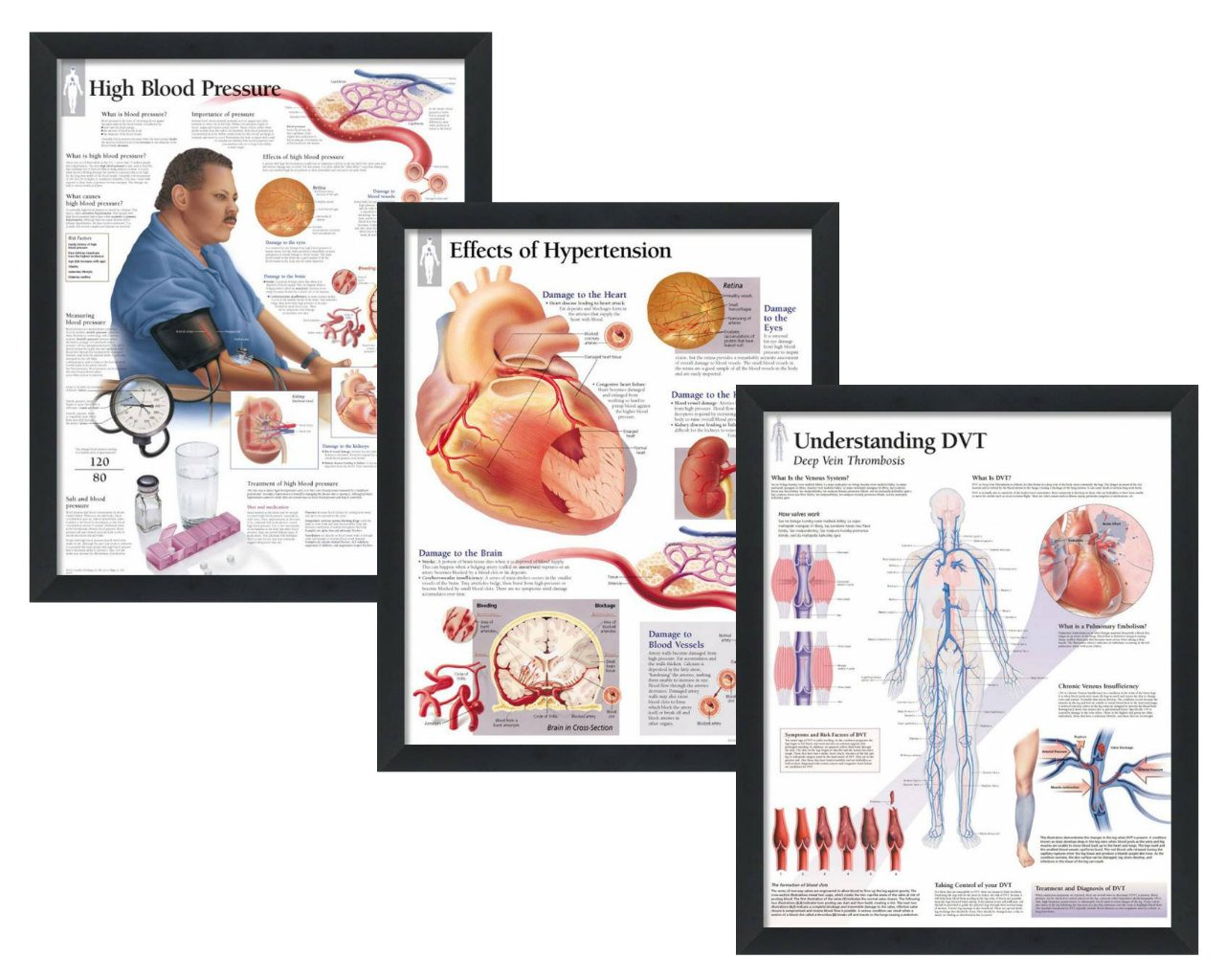
The choice of medication depends on various factors, including the severity of hypertension, other medical conditions, and potential side effects. Often, a combination of medications may be needed to effectively control blood pressure.
Monitoring and Managing High Blood Pressure Long-Term
Successfully managing high blood pressure is an ongoing process that requires commitment and regular monitoring. Here are some key strategies for long-term blood pressure management:
Regular Check-ups
Schedule regular appointments with your healthcare provider to monitor your blood pressure and adjust treatment as needed. The frequency of check-ups will depend on how well your blood pressure is controlled and your overall health status.
Home Monitoring
Using a home blood pressure monitor can help you track your numbers between doctor visits. This can provide valuable information about how your blood pressure responds to medications and lifestyle changes. Keep a log of your readings to share with your doctor.
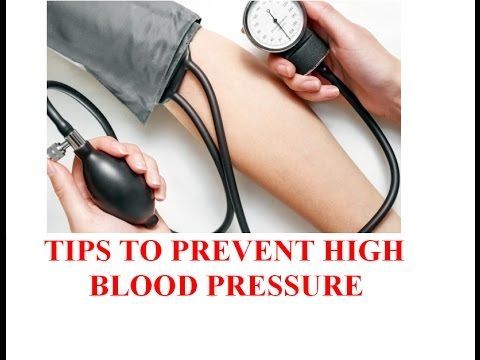
Medication Adherence
If prescribed blood pressure medications, take them exactly as directed. Don’t stop or change your medication regimen without consulting your doctor, even if your blood pressure improves.
Ongoing Lifestyle Management
Continue to practice heart-healthy habits, including maintaining a balanced diet, regular exercise, stress management, and avoiding tobacco and excessive alcohol. These lifestyle factors play a crucial role in long-term blood pressure control.
Be Aware of Interactions
Certain medications, supplements, and foods can interact with blood pressure medications or affect your blood pressure. Always inform your healthcare provider about all medications and supplements you’re taking, and be cautious about consuming large amounts of licorice, grapefruit, or salt substitutes containing potassium.
Stay Informed
Keep yourself educated about hypertension and its management. Stay up-to-date with the latest guidelines and research, and don’t hesitate to ask your healthcare provider questions about your condition and treatment.
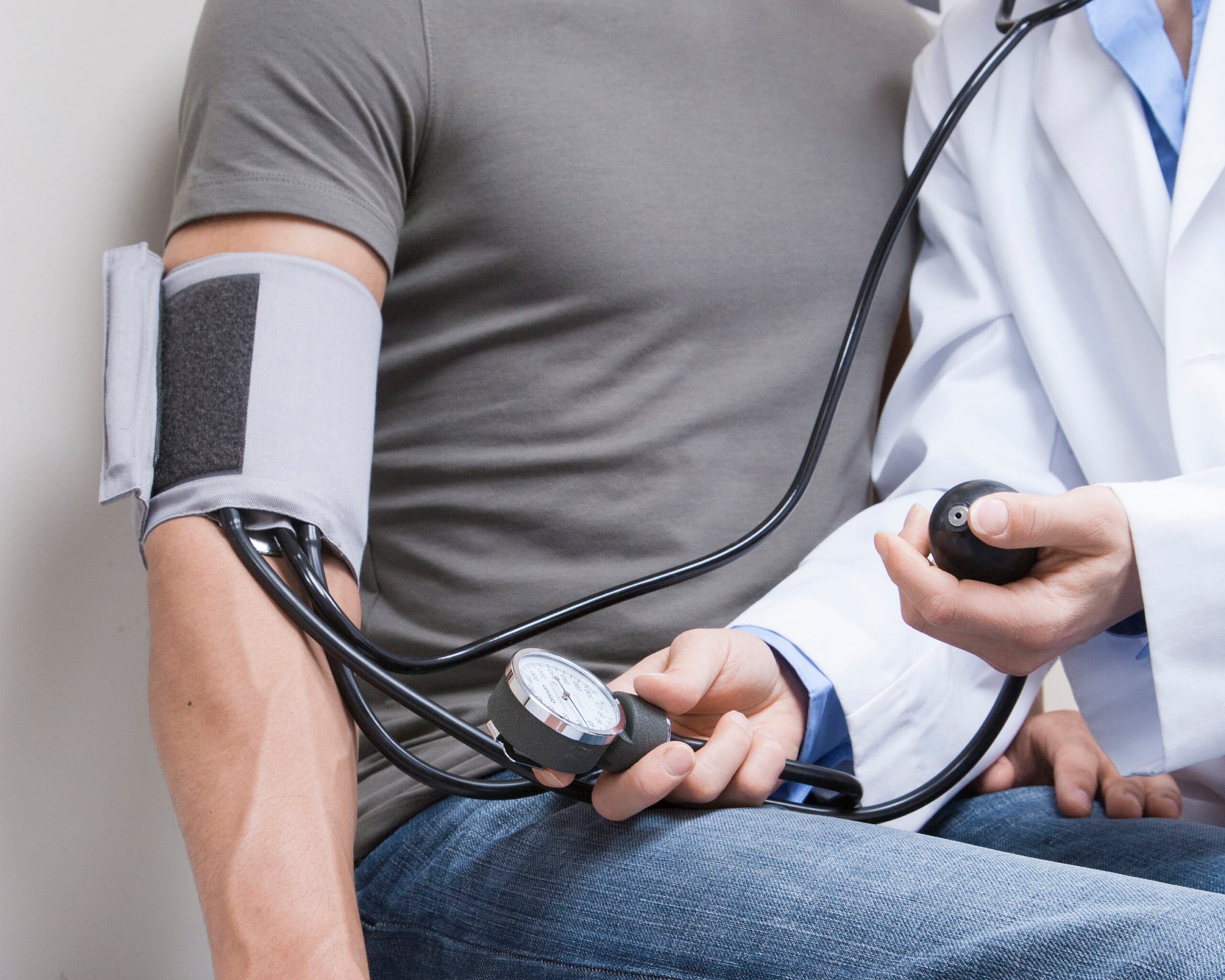
Managing high blood pressure is a lifelong commitment, but with proper care and attention, it’s possible to keep your blood pressure under control and reduce your risk of serious health complications. Remember, even small improvements in your blood pressure can significantly impact your health and quality of life.
High Blood Pressure | Hypertension
What is blood pressure?
Blood pressure is the force of your blood pushing against the walls of your arteries. Each time your heart beats, it pumps blood into the arteries. Your blood pressure is highest when your heart beats, pumping the blood. This is called systolic pressure. When your heart is at rest, between beats, your blood pressure falls. This is called diastolic pressure.
Your blood pressure reading uses these two numbers. Usually the systolic number comes before or above the diastolic number. For example, 120/80 means a systolic of 120 and a diastolic of 80.
How is high blood pressure diagnosed?
High blood pressure usually has no symptoms. So the only way to find out if you have it is to get regular blood pressure checks from your health care provider. Your provider will use a gauge, a stethoscope or electronic sensor, and a blood pressure cuff. He or she will take two or more readings at separate appointments before making a diagnosis.
| Blood Pressure Category | Systolic Blood Pressure | Diastolic Blood Pressure | |
|---|---|---|---|
| Normal | Less than 120 | and | Less than 80 |
| High Blood Pressure (no other heart risk factors) | 140 or higher | or | 90 or higher |
| High Blood Pressure (with other heart risk factors, according to some providers) | 130 or higher | or | 80 or higher |
| Dangerously high blood pressure – seek medical care right away | 180 or higher | and | 120 or higher |
For children and teens, the health care provider compares the blood pressure reading to what is normal for other kids who are the same age, height, and sex.
What are the different types of high blood pressure?
There are two main types of high blood pressure: primary and secondary high blood pressure.
- Primary, or essential, high blood pressure is the most common type of high blood pressure. For most people who get this kind of blood pressure, it develops over time as you get older.
- Secondary high blood pressure is caused by another medical condition or use of certain medicines. It usually gets better after you treat that condition or stop taking the medicines that are causing it.
Why do I need to worry about high blood pressure?
When your blood pressure stays high over time, it causes the heart to pump harder and work overtime, possibly leading to serious health problems such as heart attack, stroke, heart failure, and kidney failure.
What are the treatments for high blood pressure?
Treatments for high blood pressure include heart-healthy lifestyle changes and medicines.
You will work with your provider to come up with a treatment plan. It may include only the lifestyle changes. These changes, such as heart-healthy eating and exercise, can be very effective. But sometimes the changes do not control or lower your high blood pressure. Then you may need to take medicine. There are different types of blood pressure medicines. Some people need to take more than one type.
If your high blood pressure is caused by another medical condition or medicine, treating that condition or stopping the medicine may lower your blood pressure.
NIH: National Heart, Lung, and Blood Institute
Understanding Blood Pressure Readings | American Heart Association
What do your blood pressure numbers mean?
The only way to know if you have high blood pressure (HBP, or hypertension) is to have your blood pressure tested. Understanding your results is key to controlling high blood pressure.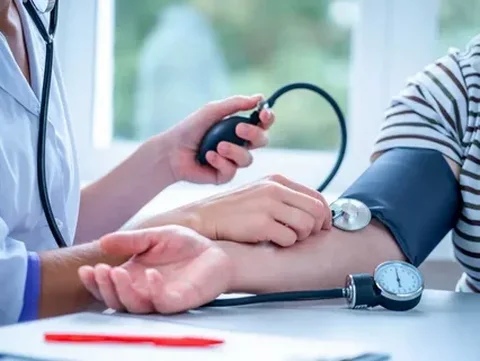
Healthy and unhealthy blood pressure ranges
Learn what’s considered normal, as recommended by the American Heart Association.
| BLOOD PRESSURE CATEGORY | SYSTOLIC mm Hg (upper number) | DIASTOLIC mm Hg (lower number) | |
|---|---|---|---|
| NORMAL | LESS THAN 120 | and | LESS THAN 80 |
| ELEVATED | 120 – 129 | and | LESS THAN 80 |
| HIGH BLOOD PRESSURE (HYPERTENSION) STAGE 1 | 130 – 139 | or | 80 – 89 |
| HIGH BLOOD PRESSURE (HYPERTENSION) STAGE 2 | 140 OR HIGHER | or | 90 OR HIGHER |
| HYPERTENSIVE CRISIS (consult your doctor immediately) | HIGHER THAN 180 | and/or | HIGHER THAN 120 |
Download this chart: English Jpeg | English PDF | Spanish Jpeg | Spanish PDF | Traditional Chinese Jpeg | Traditional Chinese (PDF)
Note: A diagnosis of high blood pressure must be confirmed with a medical professional. A doctor should also evaluate any unusually low blood pressure readings.
Blood pressure categories
The five blood pressure ranges as recognized by the American Heart Association are:
Normal
Blood pressure numbers of less than 120/80 mm Hg are considered within the normal range. If your results fall into this category, stick with heart-healthy habits like following a balanced diet and getting regular exercise.
Elevated
Elevated blood pressure is when readings consistently range from 120-129 systolic and less than 80 mm Hg diastolic. People with elevated blood pressure are likely to develop high blood pressure unless steps are taken to control the condition.
Hypertension Stage 1
Hypertension Stage 1 is when blood pressure consistently ranges from 130-139 systolic or 80-89 mm Hg diastolic. At this stage of high blood pressure, doctors are likely to prescribe lifestyle changes and may consider adding blood pressure medication based on your risk of atherosclerotic cardiovascular disease (ASCVD), such as heart attack or stroke.
Hypertension Stage 2
Hypertension Stage 2 is when blood pressure consistently ranges at 140/90 mm Hg or higher. At this stage of high blood pressure, doctors are likely to prescribe a combination of blood pressure medications and lifestyle changes.
Hypertensive crisis
This stage of high blood pressure requires medical attention. If your blood pressure readings suddenly exceed 180/120 mm Hg, wait five minutes and then test your blood pressure again. If your readings are still unusually high, contact your doctor immediately. You could be experiencing a hypertensive crisis.
If your blood pressure is higher than 180/120 mm Hg and you are experiencing signs of possible organ damage such as chest pain, shortness of breath, back pain, numbness/weakness, change in vision or difficulty speaking, do not wait to see if your pressure comes down on its own. Call 911.
Your blood pressure numbers and what they mean
Your blood pressure is recorded as two numbers:
- Systolic blood pressure (the first number) – indicates how much pressure your blood is exerting against your artery walls when the heart beats.
- Diastolic blood pressure (the second number) – indicates how much pressure your blood is exerting against your artery walls while the heart is resting between beats.

Which number is more important?
Typically, more attention is given to systolic blood pressure (the first number) as a major risk factor for cardiovascular disease for people over 50. In most people, systolic blood pressure rises steadily with age due to the increasing stiffness of large arteries, long-term buildup of plaque and an increased incidence of cardiac and vascular disease.
However, either an elevated systolic or an elevated diastolic blood pressure reading may be used to make a diagnosis of high blood pressure. According to recent studies, the risk of death from ischemic heart disease and stroke doubles with every 20 mm Hg systolic or 10 mm Hg diastolic increase among people from age 40 to 89.
Why blood pressure is measured in mm Hg
The abbreviation mm Hg means millimeters of mercury.
Mercury was used in the first accurate pressure gauges and is still used in medicine today as the standard unit of measurement for pressure.
Taking your pulse versus checking your blood pressure
While both are indications of health, blood pressure and heart rate (pulse) are two separate measurements. Learn more about the difference between blood pressure and heart rate.
Hypertensive Crisis: When You Should Call 911 for High Blood Pressure
A hypertensive (high blood pressure or HBP) crisis is when blood pressure rises quickly and severely with readings of 180/120 or greater.
The consequences of uncontrolled blood pressure in this range can be severe and include:
An elevated reading may or may not be accompanied by one or more of the following symptoms:
- Severe headache
- Shortness of breath
- Nosebleeds
- Severe anxiety
Know the two types of high blood pressure crisis to watch for
There are two types of hypertensive crises—both require immediate attention as early evaluation of organ function is critical to determine an appropriate course of action.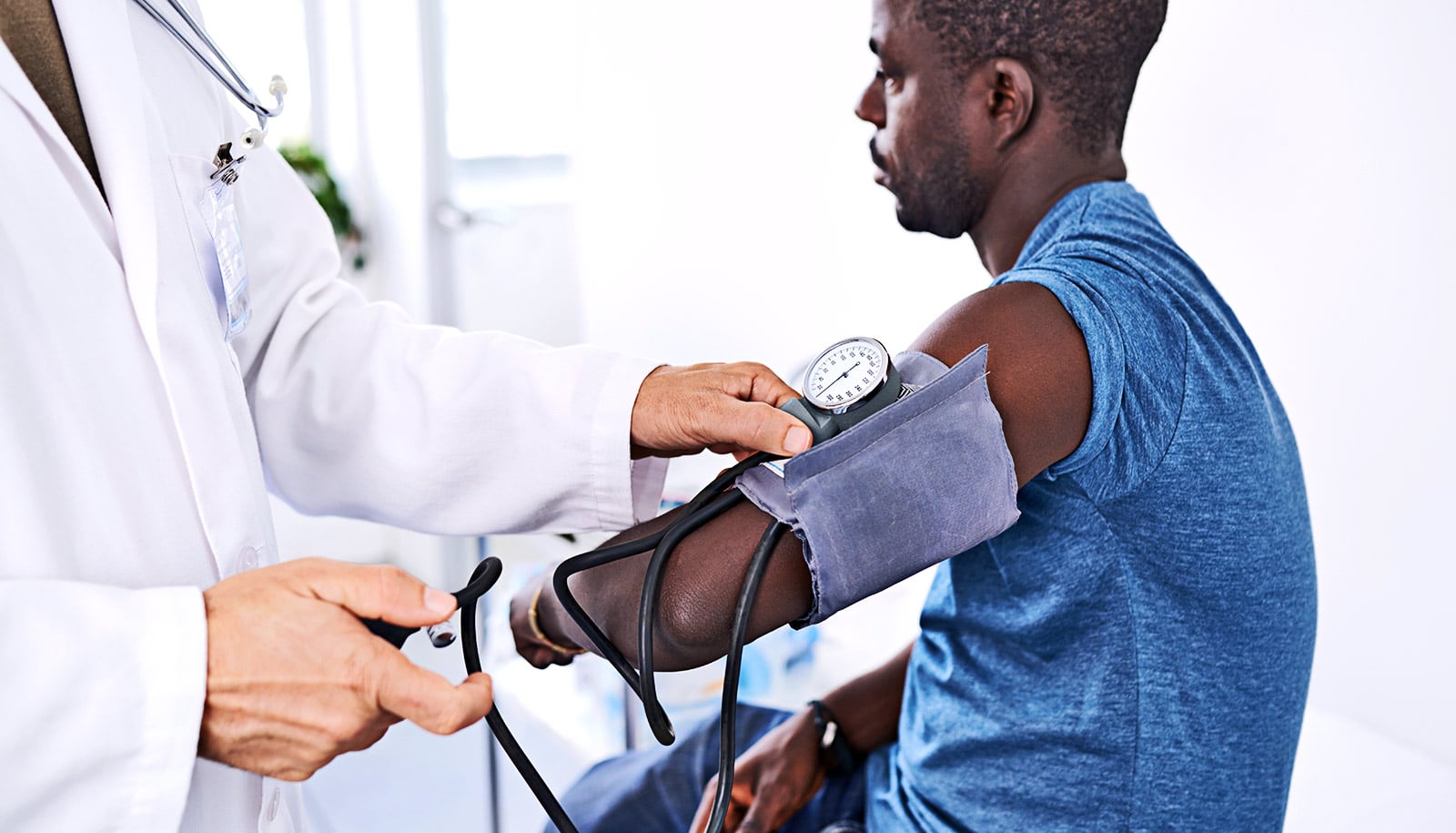
Hypertensive Urgency
If your blood pressure is 180/120 or greater, wait about five minutes and try again. If the second reading is just as high and you are not experiencing any other associated symptoms of target organ damage such as chest pain, shortness of breath, back pain, numbness/weakness, change in vision, or difficulty speaking, this would be considered a hypertensive urgency. Your healthcare provider may just have you adjust or add medications, but rarely requires hospitalization.
Hypertensive Emergency
If your blood pressure reading is 180/120 or greater and you are experiencing any other associated symptoms of target organ damage such as chest pain, shortness of breath, back pain, numbness/weakness, change in vision, or difficulty speaking then this would be considered a hypertensive emergency. Do not wait to see if your pressure comes down on its own, Call 911.
Be prepared
If you have been diagnosed with high blood pressure, track your blood pressure and medications. If possible during an emergency, having these logs with you can provide valuable information to the medical team providing treatment.
High Blood Pressure Symptoms and Causes
If you are diagnosed with high blood pressure, talk with your health care team about your blood pressure levels and how these levels affect your treatment plan.
What are the signs and symptoms of high blood pressure?
High blood pressure usually has no warning signs or symptoms, and many people do not know they have it. Measuring your blood pressure is the only way to know whether you have high blood pressure.
What causes high blood pressure?
High blood pressure usually develops over time. It can happen because of unhealthy lifestyle choices, such as not getting enough regular physical activity. Certain health conditions, such as diabetes and having obesity, can also increase the risk for developing high blood pressure. High blood pressure can also happen during pregnancy.
High blood pressure can also happen during pregnancy.
You can manage your blood pressure to lower your risk for serious health problems that may affect your heart, brain, kidneys, and eyes.
Close
You can manage your blood pressure to lower your risk for serious health problems that may affect your heart, brain, kidneys, and eyes.
What problems does high blood pressure cause?
High blood pressure can damage your health in many ways. It can seriously hurt important organs like your heart, brain, kidneys, and eyes.
The good news is that, in most cases, you can manage your blood pressure to lower your risk for serious health problems.
Heart Attack and Heart Disease
High blood pressure can damage your arteries by making them less elastic, which decreases the flow of blood and oxygen to your heart and leads to heart disease. In addition, decreased blood flow to the heart can cause:
- Chest pain, also called angina.
- Heart attack, which happens when the blood supply to your heart is blocked and heart muscle begins to die without enough oxygen. The longer the blood flow is blocked, the greater the damage to the heart.
- Heart failure, a condition that means your heart can’t pump enough blood and oxygen to your other organs.
Stroke and Brain Problems
High blood pressure can cause the arteries that supply blood and oxygen to the brain to burst or be blocked, causing a stroke. Brain cells die during a stroke because they do not get enough oxygen. Stroke can cause serious disabilities in speech, movement, and other basic activities. A stroke can also kill you.
Having high blood pressure, especially in midlife, is linked to having poorer cognitive function and dementia later in life. Learn more about the link between high blood pressure and dementia from the National Institutes of Health’s Mind Your Risks®external icon campaign.
Kidney Disease
Adults with diabetes, high blood pressure, or both have a higher risk of developing chronic kidney disease than those without these conditions.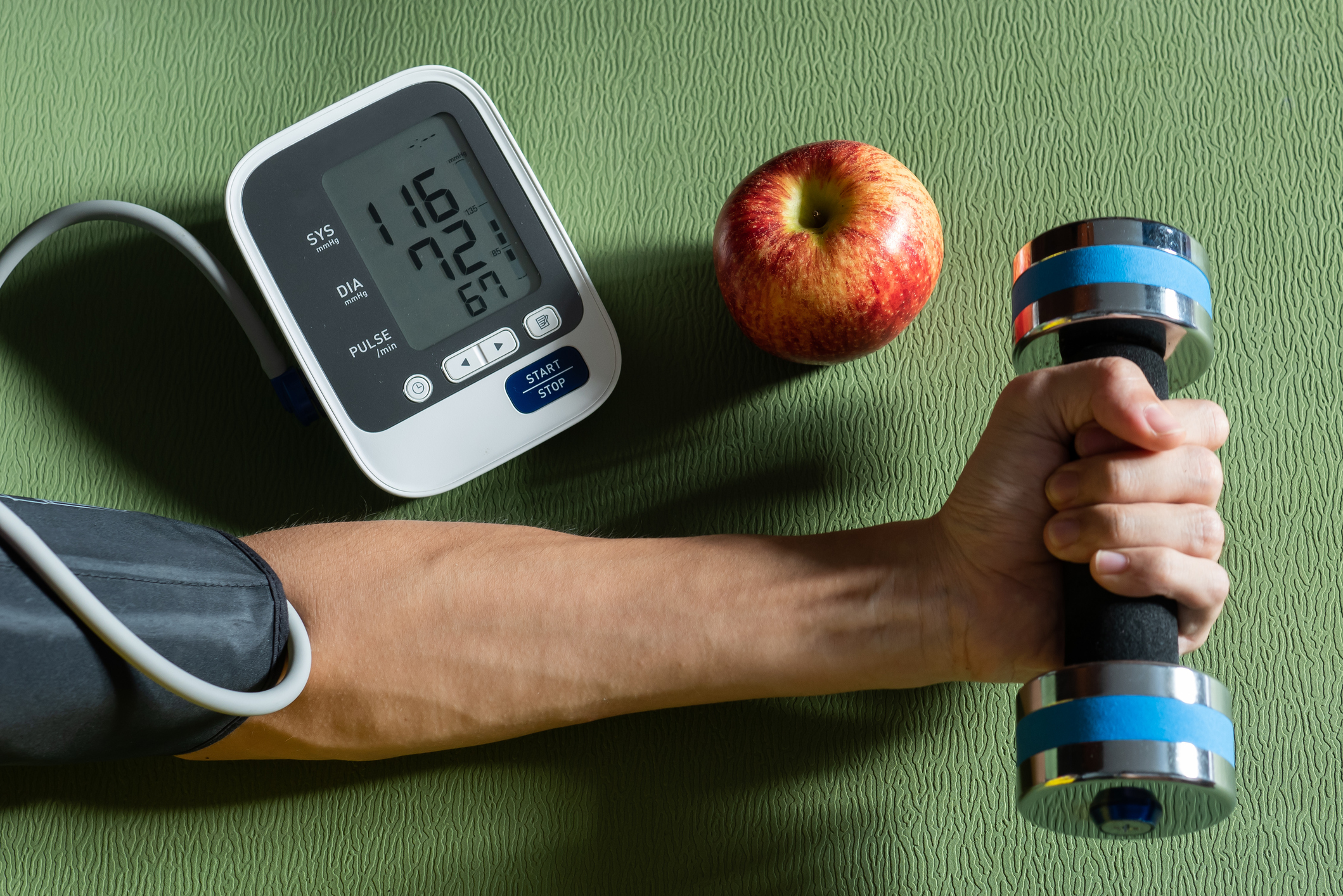
How do I know if I have high blood pressure?
There’s only one way to know if you have high blood pressure: Have a doctor or other health professional measure it. Measuring your blood pressure is quick and painless.
Talk with your health care team about regularly measuring your blood pressure at home, also called self-measured blood pressure (SMBP) monitoring.
High blood pressure is called the “silent killer” because it usually has no warning signs or symptoms, and many people do not know they have it.
What can I do to prevent or manage high blood pressure?
Many people with high blood pressure can lower their blood pressure into a healthy range or keep their numbers in a healthy range by making lifestyle changes. Talk with your health care team about
- Getting at least 150 minutes of physical activity each week (about 30 minutes a day, 5 days a week)
- Not smoking
- Eating a healthy diet, including limiting sodium (salt) and alcohol
- Keeping a healthy weight
- Managing stress
Learn more about ways to manage and prevent high blood pressure.
In addition to making positive lifestyle changes, some people with high blood pressure need to take medicine to manage their blood pressure. Learn more about medicines for high blood pressure.
Talk with your health care team right away if you think you have high blood pressure or if you’ve been told you have high blood pressure but do not have it under control.
By taking action to lower your blood pressure, you can help protect yourself against heart disease and stroke, also sometimes called cardiovascular disease (CVD).
Learn More
Understanding blood pressure: What is normal?
Normal blood pressure is vital to life. Without the pressure that forces our blood to flow around the circulatory system, no oxygen or nutrients would be delivered through our arteries to the tissues and organs.
However, blood pressure can become dangerously high, and it can also get too low.
In this article, we will discuss what blood pressure is, how it is measured, and what the measurements mean for our health.
Share on PinterestBlood pressure is what allows oxygen and nutrients to move through our circulatory systems.
Blood pressure is the force that moves blood through our circulatory system.
It is an important force because oxygen and nutrients would not be pushed around our circulatory system to nourish tissues and organs without blood pressure.
Blood pressure is also vital because it delivers white blood cells and antibodies for immunity, and hormones such as insulin.
Just as important as providing oxygen and nutrients, the fresh blood that gets delivered is able to pick up the toxic waste products of metabolism, including the carbon dioxide we exhale with every breath, and the toxins we clear through our liver and kidneys.
Blood itself carries a number of other properties, including its temperature. It also carries one of our defenses against tissue damage, the clotting platelets that prevent blood loss following injury.
But what exactly is it that causes blood to exert a pressure in our arteries? Part of the answer is simple – the heart creates blood pressure by forcing out blood when it contracts with every heartbeat. Blood pressure, however, cannot be created solely by the pumping heart.
The National Institutes of Health cite normal blood pressure to be below 120 mm Hg systolic and 80 mm Hg diastolic.
However, blood pressure changes naturally, a fact that cardiologists explored while writing about blood-pressure variability in Nature in March 2013:
“Blood pressure is characterized by marked short-term fluctuations occurring within a 24-hour period (beat-to-beat, minute-to-minute, hour-to-hour, and day-to-night changes) and also by long-term fluctuations occurring over more prolonged periods of time (days, weeks, months, seasons, and even years).
”
The guidelines state that for blood pressures above a figure of 115/75 mm Hg, every rise of 20/10 mm Hg doubles the risk of cardiovascular disease.
The overall guidelines for high blood pressure received an update in November 2017. They allow for earlier intervention.
Since 2017, the American Heart Association (AHA) has advised that people with high blood pressure should receive treatment at 130/80 mm Hg rather than 140/90 mm Hg.
They also removed the “prehypertension” category between 120-139/80-89 mm Hg. A blood pressure reading of 140/90 mm Hg now qualifies as stage II hypertension and not stage I, as it used to be.
This category now forms two separate ranges:
- elevated blood pressure, from 120-129/less than 80 mm Hg
- stage I hypertension, from 130-139/80-89 mm Hg
In these new guidelines, the AHA also advises that doctors should only prescribe medication in cases of a previous heart attack or stroke, or in the presence of risk factors for these conditions, such as age, a diabetes mellitus diagnosis, or chronic kidney disease.
Treatment at the earlier stages should instead come mainly through lifestyle changes.
Our circulation is similar to a highly sophisticated form of plumbing – blood has ‘flow’ and arteries are ‘pipes.’ A basic law of physics gives rise to our blood flow, and this law also applies in a garden hose pipe.
Blood flows through our body because of a difference in pressure.
Our blood pressure is highest at the start of its journey from our heart – when it enters the aorta – and it is lowest at the end of its journey along progressively smaller branches of arteries. That pressure difference is what causes blood to flow around our bodies.
Arteries affect blood pressure in a similar way to the physical properties of a garden hose pipe affecting water pressure. Constricting the pipe increases pressure at the point of constriction.
Without the elastic nature of the artery walls, for example, the pressure of the blood would fall away more quickly as it is pumped from the heart.
While the heart creates the maximum pressure, the properties of the arteries are just as important to maintaining it and allowing blood to flow throughout the body.
The condition of the arteries affects blood pressure and flow, and narrowing of the arteries can eventually block the supply altogether, leading to dangerous conditions including stroke and heart attack.
The device used to measure blood pressure is a sphygmomanometer, it consists of a rubber armband – the cuff that is inflated by hand or machine pump.
Once the cuff is inflated enough to stop the pulse, a reading is taken, either electronically or on an analogue dial.
The reading is expressed in terms of the pressure it takes to move mercury round a tube against gravity. This is the reason for pressure being measured using the unit millimeters of mercury, abbreviated to mm Hg.
A stethoscope identifies the precise point when the pulse sound returns and the pressure of the cuff is slowly released. Using the stethoscope enables the person measuring the blood pressure to listen out for two specific points.
Blood pressure readings consist of two figures – the systolic pressure first and the diastolic pressure second. The reading is given as, for example, 140 over 90 mm Hg.
The systolic pressure is the higher figure caused by the heart’s contraction, while the diastolic number is the lower pressure in the arteries, during the brief ‘resting’ period between heartbeats.
The guidelines for doctors list the following measures patients can take to help keep a healthy blood pressure:
- Keep a healthy body weight.
- Eat a diet rich in fruits, vegetables, and low-fat dairy products.
- Cut down on sodium, or salt, in the diet.
- Take regular aerobic exercise, such as brisk walking, for at least 30 minutes a day, most days of the week.
- Moderate alcohol intake. Men should drink fewer than two alcoholic beverages a day for men. Women and men with a lower body weight should consume a maximum of one alcohol drink a day.

Taking these steps can reduce the risk of health problems further down the line.
Understanding blood pressure: What is normal?
Normal blood pressure is vital to life. Without the pressure that forces our blood to flow around the circulatory system, no oxygen or nutrients would be delivered through our arteries to the tissues and organs.
However, blood pressure can become dangerously high, and it can also get too low.
In this article, we will discuss what blood pressure is, how it is measured, and what the measurements mean for our health.
Share on PinterestBlood pressure is what allows oxygen and nutrients to move through our circulatory systems.
Blood pressure is the force that moves blood through our circulatory system.
It is an important force because oxygen and nutrients would not be pushed around our circulatory system to nourish tissues and organs without blood pressure.
Blood pressure is also vital because it delivers white blood cells and antibodies for immunity, and hormones such as insulin.
Just as important as providing oxygen and nutrients, the fresh blood that gets delivered is able to pick up the toxic waste products of metabolism, including the carbon dioxide we exhale with every breath, and the toxins we clear through our liver and kidneys.
Blood itself carries a number of other properties, including its temperature. It also carries one of our defenses against tissue damage, the clotting platelets that prevent blood loss following injury.
But what exactly is it that causes blood to exert a pressure in our arteries? Part of the answer is simple – the heart creates blood pressure by forcing out blood when it contracts with every heartbeat. Blood pressure, however, cannot be created solely by the pumping heart.
The National Institutes of Health cite normal blood pressure to be below 120 mm Hg systolic and 80 mm Hg diastolic.
However, blood pressure changes naturally, a fact that cardiologists explored while writing about blood-pressure variability in Nature in March 2013:
“Blood pressure is characterized by marked short-term fluctuations occurring within a 24-hour period (beat-to-beat, minute-to-minute, hour-to-hour, and day-to-night changes) and also by long-term fluctuations occurring over more prolonged periods of time (days, weeks, months, seasons, and even years).
”
The guidelines state that for blood pressures above a figure of 115/75 mm Hg, every rise of 20/10 mm Hg doubles the risk of cardiovascular disease.
The overall guidelines for high blood pressure received an update in November 2017. They allow for earlier intervention.
Since 2017, the American Heart Association (AHA) has advised that people with high blood pressure should receive treatment at 130/80 mm Hg rather than 140/90 mm Hg.
They also removed the “prehypertension” category between 120-139/80-89 mm Hg. A blood pressure reading of 140/90 mm Hg now qualifies as stage II hypertension and not stage I, as it used to be.
This category now forms two separate ranges:
- elevated blood pressure, from 120-129/less than 80 mm Hg
- stage I hypertension, from 130-139/80-89 mm Hg
In these new guidelines, the AHA also advises that doctors should only prescribe medication in cases of a previous heart attack or stroke, or in the presence of risk factors for these conditions, such as age, a diabetes mellitus diagnosis, or chronic kidney disease.
Treatment at the earlier stages should instead come mainly through lifestyle changes.
Our circulation is similar to a highly sophisticated form of plumbing – blood has ‘flow’ and arteries are ‘pipes.’ A basic law of physics gives rise to our blood flow, and this law also applies in a garden hose pipe.
Blood flows through our body because of a difference in pressure.
Our blood pressure is highest at the start of its journey from our heart – when it enters the aorta – and it is lowest at the end of its journey along progressively smaller branches of arteries. That pressure difference is what causes blood to flow around our bodies.
Arteries affect blood pressure in a similar way to the physical properties of a garden hose pipe affecting water pressure. Constricting the pipe increases pressure at the point of constriction.
Without the elastic nature of the artery walls, for example, the pressure of the blood would fall away more quickly as it is pumped from the heart.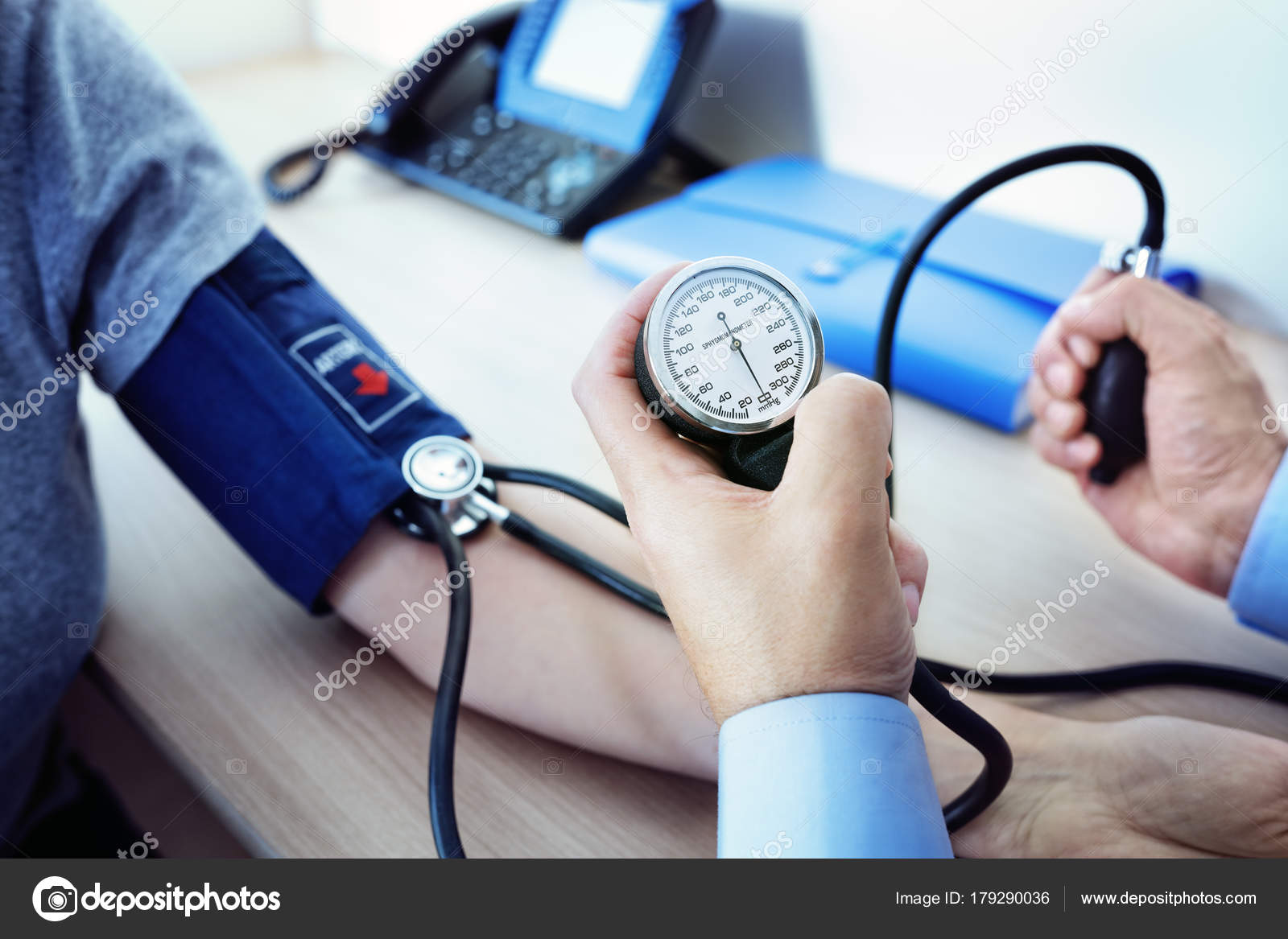
While the heart creates the maximum pressure, the properties of the arteries are just as important to maintaining it and allowing blood to flow throughout the body.
The condition of the arteries affects blood pressure and flow, and narrowing of the arteries can eventually block the supply altogether, leading to dangerous conditions including stroke and heart attack.
The device used to measure blood pressure is a sphygmomanometer, it consists of a rubber armband – the cuff that is inflated by hand or machine pump.
Once the cuff is inflated enough to stop the pulse, a reading is taken, either electronically or on an analogue dial.
The reading is expressed in terms of the pressure it takes to move mercury round a tube against gravity. This is the reason for pressure being measured using the unit millimeters of mercury, abbreviated to mm Hg.
A stethoscope identifies the precise point when the pulse sound returns and the pressure of the cuff is slowly released. Using the stethoscope enables the person measuring the blood pressure to listen out for two specific points.
Blood pressure readings consist of two figures – the systolic pressure first and the diastolic pressure second. The reading is given as, for example, 140 over 90 mm Hg.
The systolic pressure is the higher figure caused by the heart’s contraction, while the diastolic number is the lower pressure in the arteries, during the brief ‘resting’ period between heartbeats.
The guidelines for doctors list the following measures patients can take to help keep a healthy blood pressure:
- Keep a healthy body weight.
- Eat a diet rich in fruits, vegetables, and low-fat dairy products.
- Cut down on sodium, or salt, in the diet.
- Take regular aerobic exercise, such as brisk walking, for at least 30 minutes a day, most days of the week.
- Moderate alcohol intake. Men should drink fewer than two alcoholic beverages a day for men. Women and men with a lower body weight should consume a maximum of one alcohol drink a day.

Taking these steps can reduce the risk of health problems further down the line.
Understanding blood pressure: What is normal?
Normal blood pressure is vital to life. Without the pressure that forces our blood to flow around the circulatory system, no oxygen or nutrients would be delivered through our arteries to the tissues and organs.
However, blood pressure can become dangerously high, and it can also get too low.
In this article, we will discuss what blood pressure is, how it is measured, and what the measurements mean for our health.
Share on PinterestBlood pressure is what allows oxygen and nutrients to move through our circulatory systems.
Blood pressure is the force that moves blood through our circulatory system.
It is an important force because oxygen and nutrients would not be pushed around our circulatory system to nourish tissues and organs without blood pressure.
Blood pressure is also vital because it delivers white blood cells and antibodies for immunity, and hormones such as insulin.
Just as important as providing oxygen and nutrients, the fresh blood that gets delivered is able to pick up the toxic waste products of metabolism, including the carbon dioxide we exhale with every breath, and the toxins we clear through our liver and kidneys.
Blood itself carries a number of other properties, including its temperature. It also carries one of our defenses against tissue damage, the clotting platelets that prevent blood loss following injury.
But what exactly is it that causes blood to exert a pressure in our arteries? Part of the answer is simple – the heart creates blood pressure by forcing out blood when it contracts with every heartbeat. Blood pressure, however, cannot be created solely by the pumping heart.
The National Institutes of Health cite normal blood pressure to be below 120 mm Hg systolic and 80 mm Hg diastolic.
However, blood pressure changes naturally, a fact that cardiologists explored while writing about blood-pressure variability in Nature in March 2013:
“Blood pressure is characterized by marked short-term fluctuations occurring within a 24-hour period (beat-to-beat, minute-to-minute, hour-to-hour, and day-to-night changes) and also by long-term fluctuations occurring over more prolonged periods of time (days, weeks, months, seasons, and even years).
”
The guidelines state that for blood pressures above a figure of 115/75 mm Hg, every rise of 20/10 mm Hg doubles the risk of cardiovascular disease.
The overall guidelines for high blood pressure received an update in November 2017. They allow for earlier intervention.
Since 2017, the American Heart Association (AHA) has advised that people with high blood pressure should receive treatment at 130/80 mm Hg rather than 140/90 mm Hg.
They also removed the “prehypertension” category between 120-139/80-89 mm Hg. A blood pressure reading of 140/90 mm Hg now qualifies as stage II hypertension and not stage I, as it used to be.
This category now forms two separate ranges:
- elevated blood pressure, from 120-129/less than 80 mm Hg
- stage I hypertension, from 130-139/80-89 mm Hg
In these new guidelines, the AHA also advises that doctors should only prescribe medication in cases of a previous heart attack or stroke, or in the presence of risk factors for these conditions, such as age, a diabetes mellitus diagnosis, or chronic kidney disease.
Treatment at the earlier stages should instead come mainly through lifestyle changes.
Our circulation is similar to a highly sophisticated form of plumbing – blood has ‘flow’ and arteries are ‘pipes.’ A basic law of physics gives rise to our blood flow, and this law also applies in a garden hose pipe.
Blood flows through our body because of a difference in pressure.
Our blood pressure is highest at the start of its journey from our heart – when it enters the aorta – and it is lowest at the end of its journey along progressively smaller branches of arteries. That pressure difference is what causes blood to flow around our bodies.
Arteries affect blood pressure in a similar way to the physical properties of a garden hose pipe affecting water pressure. Constricting the pipe increases pressure at the point of constriction.
Without the elastic nature of the artery walls, for example, the pressure of the blood would fall away more quickly as it is pumped from the heart.
While the heart creates the maximum pressure, the properties of the arteries are just as important to maintaining it and allowing blood to flow throughout the body.
The condition of the arteries affects blood pressure and flow, and narrowing of the arteries can eventually block the supply altogether, leading to dangerous conditions including stroke and heart attack.
The device used to measure blood pressure is a sphygmomanometer, it consists of a rubber armband – the cuff that is inflated by hand or machine pump.
Once the cuff is inflated enough to stop the pulse, a reading is taken, either electronically or on an analogue dial.
The reading is expressed in terms of the pressure it takes to move mercury round a tube against gravity. This is the reason for pressure being measured using the unit millimeters of mercury, abbreviated to mm Hg.
A stethoscope identifies the precise point when the pulse sound returns and the pressure of the cuff is slowly released. Using the stethoscope enables the person measuring the blood pressure to listen out for two specific points.
Blood pressure readings consist of two figures – the systolic pressure first and the diastolic pressure second. The reading is given as, for example, 140 over 90 mm Hg.
The systolic pressure is the higher figure caused by the heart’s contraction, while the diastolic number is the lower pressure in the arteries, during the brief ‘resting’ period between heartbeats.
The guidelines for doctors list the following measures patients can take to help keep a healthy blood pressure:
- Keep a healthy body weight.
- Eat a diet rich in fruits, vegetables, and low-fat dairy products.
- Cut down on sodium, or salt, in the diet.
- Take regular aerobic exercise, such as brisk walking, for at least 30 minutes a day, most days of the week.
- Moderate alcohol intake. Men should drink fewer than two alcoholic beverages a day for men. Women and men with a lower body weight should consume a maximum of one alcohol drink a day.

Taking these steps can reduce the risk of health problems further down the line.
General information on pressure – Microlife / Microlife
Medical questions and opinions of specialists
What pressure is considered normal and at what pressure should I go to the doctor?
- The following table of blood pressure values (in mmHg) is provided by the World Health Organization (WHO):
It is advisable to measure the pressure as often as possible and discuss the measurement results with your doctor.If you find that your systolic pressure is often above 140 and / or diastolic above 90, you need to see your doctor for treatment. It is considered normal if the pressure rises or falls from time to time – this is not a cause for concern. But high blood pressure is detected in most cases, you need to go to the doctor.
What is White Coat Syndrome?
White coat syndrome is a common name for the blood pressure increase effect that occurs when a patient’s blood pressure is measured by a doctor (usually in a white coat) or nurse.This effect is caused by the fact that the patient in such a “formal” setting can be agitated or nervous, which leads to an increase in blood pressure. The problem is that the patient under normal conditions may have normal blood pressure, but in the doctor’s office, based on the readings, he may be diagnosed with hypertension. Home gauges are the best way to avoid white coat syndrome. Long-term studies have shown that people who have high blood pressure when visiting a doctor have a high risk of developing hypertension.Therefore, these patients need to measure their blood pressure more often.
Does blood pressure depend on age?
In the average population, blood pressure rises with age.
 This is because the elasticity of the blood vessels decreases with age.
This is because the elasticity of the blood vessels decreases with age.But even in the older age group, the pressure should not too often exceed the maximum permissible norm of 140/90 mm Hg.Art.
Medical questions and expert opinions
Below you will find medical topics and answers to questions about high blood pressure and its control. They were taken and translated from the patient information of the Swiss Heart Foundation. We express our gratitude for permission to use this information.
– Swiss Heart Foundation
Schwarztorstrasse 18
CH-3000 Bern, Switzerland
phone: +41 / 31 388 80 80
fax: +41 / 31 388 80 88
(info @ herzstiftung.ch)
Is blood pressure measured primarily by the “oscillometric” method? What does it mean?
In medical practice and in hospitals, blood pressure is measured mainly by the traditional “sound method”. With this method, the heartbeat is listened to with a stethoscope. Pulsation occurs in the blood flow of the brachial artery as the cuff pressure slowly decreases. The first audible beat determines the systolic pressure, the last audible beat determines the diastolic pressure.Blood pressure values are determined by the column of mercury, and therefore are measured in millimeters of mercury (mmHg).
Oscillometry uses a different measuring principle. This method is used in most instruments for self-measurement of pressure. In oscillometric devices, the blood pressure is calculated by electronic microprocessors based on pressure fluctuations (oscillations) that occur in the bloodstream as a result of the heartbeat. Since heart beats do not play a role in this technique, neither a stethoscope nor a microphone built into the cuff is required for measurement.Blood pressure and pulse rate are displayed on the screen of the device after the measurement. Pressure is displayed in mmHg.
 Art., although such devices do not contain mercury. If your heart rate is irregular, it is recommended that the measurements be taken by a physician.
Art., although such devices do not contain mercury. If your heart rate is irregular, it is recommended that the measurements be taken by a physician.
What should be considered when taking a self-measurement?
For patients with high blood pressure, it is recommended to measure blood pressure regularly, as this will allow your doctor to receive data on the effectiveness of treatment.The measurement results must be recorded in a special notebook, and in the “Notes” column, write down your observations, such as: feeling unwell, dizziness, poor sleep, missed medication, physical or psychological problems. In addition, it is very important to measure the pressure on the same arm or wrist at the same time in the morning and evening. Do not smoke, drink coffee or alcoholic beverages before measurement. Take the measurement after resting for 5 minutes in a seated position in a relaxed environment.Make sure that the device is at the level of the heart. Compare your readings with those measured by your doctor. You should periodically calibrate your instrument (every two years) at the manufacturer’s service centers.
Can wrist tonometers be used for home measurements?
Modern devices for measuring blood pressure on the wrist also use the oscillometric method.They are fully automated: they automatically inflate and deflate the cuff to the correct level. Wrist-based devices, when used correctly, give fairly reliable results.
Automatic blood pressure meters with sensors installed on the index finger measure blood pressure and pulse, but often show unreliable results, since the index finger is not held still at the level of the heart, and the vessels on the finger are compressed due to the cold.
Can blood pressure drop too low due to medication?
Blood pressure may drop too low as a result of drug treatment.
 This can lead to dizziness when standing up suddenly or bending over, to increased fatigue or lack of energy. If you notice these typical symptoms of low blood pressure (hypotension), you need to talk to your doctor about adjusting your treatment.However, if you have low blood pressure, but you feel fine, there is no reason to change your course of treatment.
This can lead to dizziness when standing up suddenly or bending over, to increased fatigue or lack of energy. If you notice these typical symptoms of low blood pressure (hypotension), you need to talk to your doctor about adjusting your treatment.However, if you have low blood pressure, but you feel fine, there is no reason to change your course of treatment.
Are there any side effects of drug treatment?
At the beginning of the course of treatment, if blood pressure drops very sharply, medications may for some time cause psychological or physiological reactions associated with fatigue, dizziness, difficulty concentrating.The body gradually adjusts to the lower pressure, and these problems disappear over time. Only a small number of people taking blood pressure medications have consistent side effects. There are side effects that are unique to a certain type of medication that cannot be eliminated by reducing the dose of the medication. An example is a persistent but harmless dry cough that can be reduced by taking ACE medications. If the cough is very annoying, you need to change the drug after prior consultation with a doctor.
Skin symptoms such as itching or rash also indicate a need to change the medication. Symptoms such as headache, facial flushing, swelling of the legs and lower legs (edema), and constipation occur with calcium blockers. The most common side effects of beta blockers are constant fatigue, potency problems, and cold feet and hands. Low blood calcium, gout attacks and seizures are the most common side effects of diuretics.The drug with the least side effects is angiotensin.
Can I stop taking medication if side effects occur?
If you experience any side effects from medicines that regulate blood pressure, do not stop taking them immediately. In this case, you should immediately discuss this problem with your doctor.
 Usually, the situation is corrected by reducing the dose, changing the drug, or changing the treatment with one drug to treatment with a combination of two drugs.
Usually, the situation is corrected by reducing the dose, changing the drug, or changing the treatment with one drug to treatment with a combination of two drugs.
Can I stop taking medication on weekends or holidays?
No matter how you spend your weekend: actively, on a trip or passively, you need to continue taking medication, because as soon as you stop treatment, your blood pressure will start to rise. If you are flying by plane, it is recommended that you keep the medicine in your carry-on baggage in case your baggage does not arrive on time. If you are flying across the ocean due to time zone differences, consult your doctor at what time to take your medication.
Can I stop taking medication if my blood pressure has returned to normal?
Tension and nervous stress sometimes lead to a temporary increase in blood pressure and this is normal and should not be confused with the disease of hypertension. Your doctor gave you this diagnosis because your blood pressure was elevated not only during activity, stress, or tension, but also at rest. Therefore, you cannot stop taking your medication, even if it has returned to normal, otherwise it will rise again to the level at which you were diagnosed.
Will I have to take medications to lower my blood pressure for a long time?
Only with proper blood pressure control can damage to the walls of blood vessels, excessive stress on the heart, brain and kidneys be avoided. Control of a dangerous blood pressure level is carried out by long-term administration of drugs, if other methods of lowering the pressure to the level of 135/85 mm Hg. Art., do not help (dietary recommendations, weight loss, rejection of salt and alcohol, smoking cessation).
Changing lifestyle and reducing risk factors have a very good effect, and often allow you to reduce the dose of medication after a while.

Medicines led to a decrease in potency. What to do?
In addition to medications that can cause or contribute to potency disorder, there are many other factors that affect potency: age, physical and psychological condition, alcohol and smoking, as well as concomitant diseases such as diabetes.
The degree and rate of reduction in blood pressure, as well as the use of a drug, can also have a definite effect. At high doses, drugs such as beta-blockers and diuretics can lead to potency disorder as a side effect much faster than calcium blockers, ACE inhibitors and angiotensin. Do not put a discussion of any violations of potency with your doctor. If your medication is the cause, your doctor may reduce the dose or change the prescribed medication with another.
What sports are contraindicated in high blood pressure?
At elevated blood pressure, small branches of blood vessels (capillaries) are compressed, which, in turn, prevents free blood circulation. Muscle movements contribute to the expansion of the capillaries, since the work of the muscles requires more oxygenation of the blood. With elevated blood pressure, regular exercise for at least 30 minutes has a positive effect on human health.Sports activities such as brisk walking, mountain walks, jogging, cycling, skiing, swimming (no competition for time, neither in too cold nor too warm water), dancing.
During such exercises, groups of large muscles move simultaneously and rhythmically. The pulse quickens and the blood pressure rises, but not too sharply. However, you should not engage in sports in which the muscles are sharply tense, and not moving rhythmically. Such sports (for example, weightlifting) cause a sharp increase in blood pressure.
How to measure blood pressure correctly?
The blood pressure of each person is subject to strong fluctuations. It depends on physical activity, time of day and mood. The stress and tension of everyday life lead to fluctuations in pressure levels up to 30 mm Hg. within a few minutes, which is completely normal. For this reason, people who monitor their blood pressure with a blood pressure monitor and often take home measurements do not understand why the results of their measurements are so different from each other.Unlike measurements made by a doctor, who obtains the result of one measurement at a given time, a home blood pressure monitor gives an idea of the normal range of pressure fluctuations throughout the day.
It depends on physical activity, time of day and mood. The stress and tension of everyday life lead to fluctuations in pressure levels up to 30 mm Hg. within a few minutes, which is completely normal. For this reason, people who monitor their blood pressure with a blood pressure monitor and often take home measurements do not understand why the results of their measurements are so different from each other.Unlike measurements made by a doctor, who obtains the result of one measurement at a given time, a home blood pressure monitor gives an idea of the normal range of pressure fluctuations throughout the day.
Therefore, leading blood pressure experts recommend self-measurement with a home measuring device. In this case, the clinical certification of the device is important. All Microlife blood pressure monitors are designed in close collaboration with physicians to ensure optimal accuracy in patient pressure measurements.
To obtain reliable results and reduce the measuring range, we recommend that you follow the tips below:
- Do not measure during stress or stress. We recommend taking at least one measurement a day at the same time in a calm state. The difference in the measurement results will be much smaller if the pressure is measured 30 minutes after dinner and evening rest, and not during the day. Of course, measurements should be carried out occasionally during the day to obtain a complete picture of the blood pressure level.
- Make it a habit to take a few minutes of rest before measuring to relax. The result of a measurement taken without prior rest (for example, immediately after sitting down at the table), or in the presence of a large number of people, is of no use. You should also not take measurements immediately after eating, drinking, smoking, after active movements or excitement.
- Measurement should be carried out after 5 minutes of rest, while sitting in a comfortable position.Fit the cuff correctly as instructed in the instructions for use.

- After inflating the cuff, breathe evenly and do not speak. Don’t move, don’t tense your muscles.
- The average of several measurements taken under the same conditions over several days corresponds to your typical pressure.
- If you want to take several measurements in a row, be sure to take a break of at least 15 seconds between measurements.
- If the measurement is done with a wrist device, keep it at the same level as your heart.
- Comparative measurements are taken from time to time in pharmacies or specialty stores. The results of such measurements are generally useless because the conditions in which they are carried out are unacceptable for correct measurements. Only in cases where peace and quiet are strictly maintained, and the necessary intervals between measurements are observed, such comparisons are advisable.
Highly accurate wrist measurements
The two arteries on the wrist are located just under the skin and are not surrounded by as much soft tissue as on the shoulder.In addition, these arteries are much thinner than those in the shoulder.
Therefore, for users wrist-based devices have certain advantages and disadvantages:
- Devices on the wrist are closer to the signal arteries. The cuff, when worn over the wrist, is not surrounded by as much soft tissue as when it is worn over the shoulder. Therefore, patients with more soft tissue on the shoulder have fewer problems measuring pressure on the wrist.
- The thin vessels in the wrist are more susceptible to arteriosclerosis, which accompanies the aging process.If the vessels are susceptible to arteriosclerosis, the device on the wrist shows incorrect results.
- Measurement on the wrist is more convenient and faster than on the shoulder. Therefore, they can be carried out much more often.
- Measurements on the wrist are very sensitive to movement and can cause a lot of errors.

- During measurements, the device on the wrist should be at the level of the heart.
All of the above means wrist devices are better suited:
- Concerning young people and middle-aged people [with the exception of those who suffer from arteriosclerosis].
- People who need to have a blood pressure monitor with them.
- People for whom, due to the oversized shoulder size, it is difficult to correctly put the cuff on the shoulder.
- People who can sit in a comfortable position and hold the device at heart level during the measurement.
- People who need to check their blood pressure frequently.
Devices on the wrist are less suitable:
- Older people [but only if they suffer from arteriosclerosis].
- People who cannot sit up and hold the device at heart level during the measurement.
Excerpts from statements on blood pressure control with home electronic tonometers.
From the symposium 19./20. Juni 1996, Dublin, Ireland
Prof. O’Brien, Dublin, Ireland. Prof. Eoin O’Brien [The Blood Pressure Unit, Beaumont Hospital, Dublin, Ireland] *
90,000 310/220 mm Hg.Art. – the highest blood pressure in a person: description and photo
The blood pressure indicator is one of the most vital for a person. For a long period of time, medicine has been looking for an exact answer, which pressure is considered the most normal. It was found that high blood pressure poses a serious danger to the human body.
What is the highest pressure
It is worth noting that arterial pressure (BP) refers to the pressure that is created by the blood running through the arteries.It is customary to divide it into systolic and diastolic. The world record is 310/220 mm Hg. Art. This is the highest pressure ever recorded.
What is the most normal pressure
Normal BP 100-139 mm Hg. Art. If the systolic pressure drops below 90 mm, then hypotension occurs.
Art. If the systolic pressure drops below 90 mm, then hypotension occurs.
This condition is not potentially dangerous, but it can create a strong feeling of discomfort. The most unpleasant thing about hypotension is a significant decrease in concentration.A person who is faced with such a disease will hardly be able to even read. If the systolic pressure exceeds 140 mm, hypertension is recorded.
What are the symptoms of hypertension
High blood pressure can cause great harm to the human body. It often indicates the presence of pathologies. A similar phenomenon occurs due to high vascular resistance. But this is only one of the possible options. Only an experienced physician can provide accurate information. It is important to take into account that the state of pressure can be influenced by overwork, the use of special drugs, the inclusion in the diet of food containing substances that affect blood pressure.
In medicine, there are several states of blood pressure:
- normal;
- high;
- grade 1 hypertension;
- grade 2 hypertension;
- grade 3 hypertension.
Note that grade 3 hypertension is recorded at the time of reaching 180/110 mm Hg. Art. With regard to arterial hypertension, a large number of various studies have been carried out, but they could not identify the exact causes of the development of hypertension.
What causes can cause high blood pressure
In medicine, the most common causes that can cause high pressure in the human body have been established. These include influencing factors such as drugs, diseases of the urinary system, endocrine, aortic diseases, complications arising from pregnancy, problems with the nervous system.
Antidepressants, glucocorticosteroids (for example, prednisolone) can cause high pressure. Contraceptives can also have a negative impact.Risk factors that can lead to the development of hypertension include the following items:
- Hereditary factors.

- Prematurity.
- A low weight child may indicate a potential predisposition to high blood pressure.
- Large overweight.
- High salt content in food. The norm for the use of table salt is considered to be 5 grams per day.
- Drinking alcohol, smoking. Bad habits can worsen the condition of blood vessels and affect the circulatory system in the most harmful way.
- Insufficient physical activity.
- Poor environment, daily stress, increased noise levels.
Of all the above factors, it is necessary to focus on excess weight, bad habits, severe stress. In most cases, it is these reasons that increase the risk of hypertension.
What is normal age for high blood pressure
Teenagers are often faced with a powerful surge of hormones. Usually this period lasts from 15 to 21 years.Emotionality is not a factor that can play a role in the increase in pressure.
What pressure is considered critical
We noted that the highest pressure in the world was 310/220 mm Hg. Art. However, doctors say that 260/160 mm Hg are considered critical indicators. Art. Thus, the record BP can be considered a phenomenon, because even at critical values, the human body can die.
The occurrence of hypertension can lead to hypoxia, the greatest harm of which is the negative effect on the brain, which has actually been deprived of oxygen.The problem with the brain lies in its seemingly unusually developed blood supply system. The vascular ring can only function normally at normal pressures. Otherwise, there is a violation of the regulation of tone, an increase in permeability occurs, then hypoxia may develop.
What is the prevention of high pressure
People who are faced with high blood pressure should be aware of the need for regular checks. Often, a person does not feel symptoms and does not suspect what danger blood pressure hides.Even with a long-term nature of hypertension, people ignore the condition, attributing everything to fatigue or overwork. It is important to understand that pressure increases with vasoconstriction, when the heart has to work at “high revs.”
It is important to understand that pressure increases with vasoconstriction, when the heart has to work at “high revs.”
Foods containing a large amount of saturated fatty acids can lead to hypertension. The highest content of these substances is distinguished by butter, cheeses, sour cream. It is recommended to avoid foods containing large amounts of palm oil. Brownies, chocolate, cookies, fatty sausage, chips are all sources of saturated fatty acids.Of course, it is important to take into account physical activity, you need to eat exactly as much as the body needs to ensure normal life. Moreover, you need to take into account the composition of the products. Many manufacturers even indicate the percentage of EFA content per 100 grams.
The amount of salt consumed should also be reduced. Long ago, scientists noticed what effect it can have on the human body with excessive use. The biggest problem is that most of the products sold on supermarket shelves contain a lot of salt.Using this supplement in the diet, we expose our body and even more danger. For those who love salty foods, physical activity is the best option to shed excess food. Salt can reduce the elasticity of blood vessels, negatively affect the kidneys and liver.
What is the effect of alcohol
Many people believe that drinking alcohol helps to reduce blood pressure. However, it must be remembered here that we are talking about vasodilation, which does not necessarily play a positive role.Drink alcohol in moderation.
Regular drinking of alcoholic beverages, even in the smallest quantities, can increase blood pressure. You should also remember about the biologically active substances contained in many alcoholic beverages. Energetics pose a high danger to the human body. Combining them with alcohol can lead to the most harmful consequences.
What food should be consumed for prevention
To keep blood pressure low, you need to include vegetables, dried apricots, potatoes, nuts and bananas in your diet.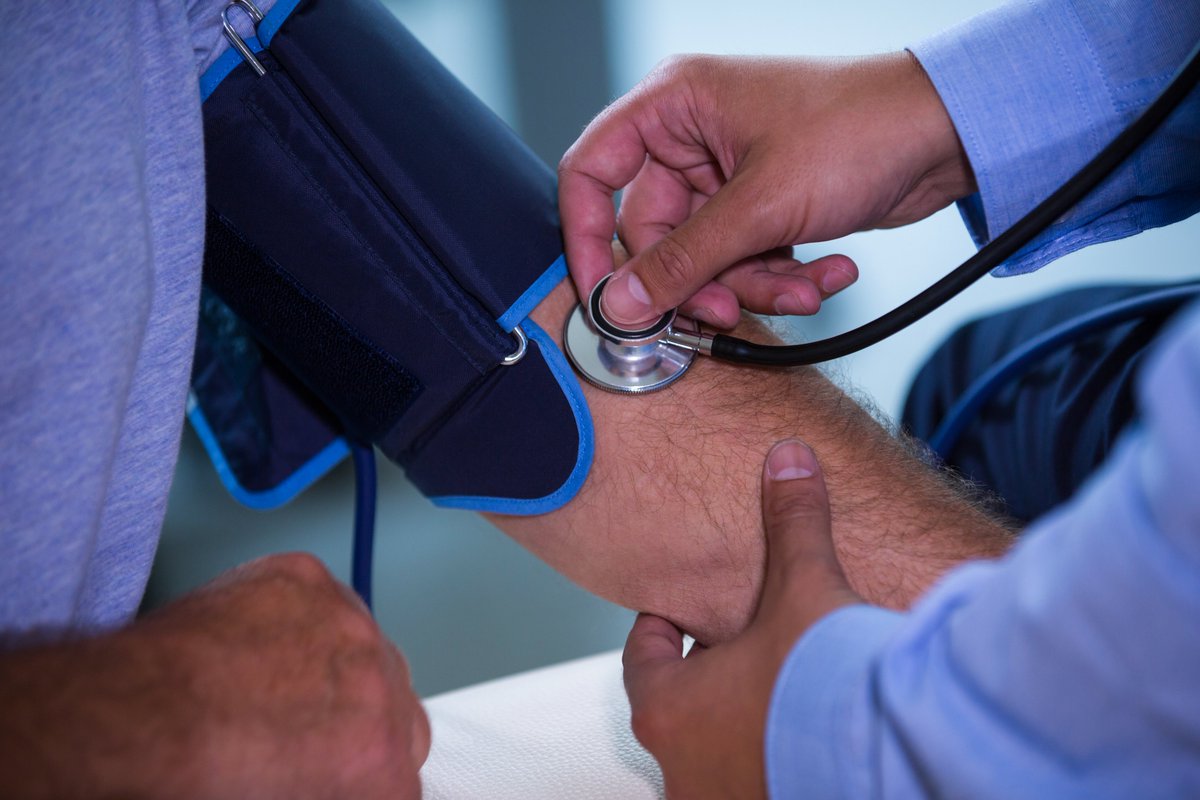 They contain potassium, which can have a positive effect on blood pressure. Potassium is necessary for the heart to function properly, and foods that contain it can be eaten in large quantities. Supplements should be consumed in moderation.
They contain potassium, which can have a positive effect on blood pressure. Potassium is necessary for the heart to function properly, and foods that contain it can be eaten in large quantities. Supplements should be consumed in moderation.
What measures should be taken to control the state of blood pressure
In fact, the simplest measures can help protect the body from many problems. You need to eat food that contains a minimum of salt, quit smoking, play sports – even moderate physical activity will help the body to be in good shape, which will have a beneficial effect on the state of the circulatory system.
It is important to minimize stressors and avoid irritants. Keeping track of your blood pressure is also a good habit. In no case should you take medications without a doctor’s prescription.
Much attention should be paid to the issue of stress. With daily negative psychological impact, a person must necessarily compensate for stress with physical activity. Cortisol levels have been shown to decrease significantly with exercise. Exercise should be regular, as it allows the body to enter a certain regime and maintain it.The intensity does not have to be high.
How to deal with a hypertensive crisis
If an acute hypertensive crisis occurs, an ambulance must be called. If an uncomplicated option is caught, you need to reduce the pressure by at least 30% in 2 hours. This must be done carefully, otherwise blood circulation will be impaired. This scenario is called hypoperfusion. Medications will help reduce blood pressure.
Which device is used to register pressure
To monitor the state of pressure, a tonometer is used.There are automatic and semi-automatic devices. There are also mechanical ones. They use a rubber bulb. Despite the widespread use of automatic and semi-automatic blood pressure monitors, doctors resort to mechanical counterparts, since they provide the most accurate information. This uses a phonendoscope to listen to the contraction of the arteries.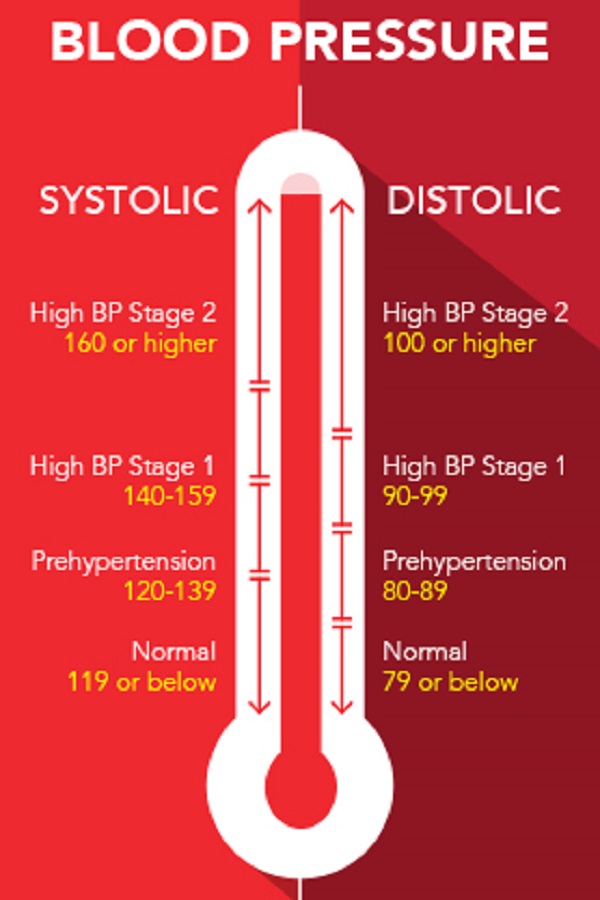
Which blood pressure monitor should you buy? This will depend on the frequency of use. If you plan to use the device infrequently, you can choose the automatic (semi-automatic option).Such a device has an option to save measurements, a timer, a convenient display showing indicators, a calendar and various technologies. However, it will have to be calibrated regularly, the batteries will need to be changed, and the service life is relatively short. If you need to use the tonometer every day, it is better to purchase a mechanical analogue. Of course, it is not so comfortable, but practical. There are enough manufacturers on the market that produce various blood pressure monitors. Among them are Rossmax, A&D, Microlife, Omron.Many semi-automatic and automatic models are reliable, although quite expensive. However, they can help to correctly interpret the indicators and even prevent dangerous consequences.
Arterial hypertension – Normal blood pressure numbers – Site news – News
ARTERIAL HYPERTENSION
Arterial hypertension (hypertension) – a persistent increase in blood pressure above 140/90 mm Hg.
What is high blood pressure?
Disruption of the complex system of blood pressure regulation leads to an increase in pressure in the arteries.When blood pressure is constantly elevated, we are talking about high blood pressure. In medicine, this condition is called hypertension and means increased tension in the walls of the arteries. Hypertension does not mean stress, as many people think. You can be a calm, balanced person and have high blood pressure.
Blood pressure is considered high if the systolic pressure is predominantly at or above 140 mmHg, the diastolic pressure is 90 mmHg or higher, or the increase affects both systolic and diastolic pressure. In the past, doctors believed that diastolic pressure – that is, the pressure in the arteries between beats – is a more accurate indicator of health risk than the systolic pressure that builds up in the arteries during a heartbeat. However, it has now become apparent that this is not the case. Scientific studies have shown that high systolic blood pressure is a more significant health risk factor, especially in the elderly. In older patients, successful control of systolic blood pressure gives very good results in terms of maintaining health.
However, it has now become apparent that this is not the case. Scientific studies have shown that high systolic blood pressure is a more significant health risk factor, especially in the elderly. In older patients, successful control of systolic blood pressure gives very good results in terms of maintaining health.
Arterial hypertension usually develops slowly. In most cases, normal blood pressure gradually turns into prehypertension, and then, possibly into the first stage of hypertension
If hypertension is left untreated, high blood pressure can damage many organs and tissues of the body. The higher the blood pressure, and the longer the hypertension is left untreated, the greater the likelihood of injury. Hypertension can cause changes in the body that functions under conditions of high blood pressure over several months or years.If arterial hypertension is combined with other adverse factors such as diabetes, obesity, tobacco smoking, the risk of organ and tissue damage increases.
Sometimes you can still hear that the ideal systolic pressure is equal to 100 plus age. This is not true. If you follow this formula, you will inevitably come to the erroneous conclusion that high blood pressure is a variant of the age norm.
Causes of arterial hypertension
In any disease, the question of its cause is natural.Why do some people get sick and others do not? Unfortunately, most patients with high blood pressure will not be able to get an answer to this question: the exact cause of their disease remains unknown.
Arterial hypertension has two forms – essential (primary) and secondary. Essential hypertension (or hypertension) is much more common. About 90-95% of patients with high blood pressure suffer from the essential form of the disease.
Essential hypertension differs from the secondary in the absence of an obvious cause.In the vast majority of patients with high blood pressure, it is not possible to accurately determine the starting moment of the disease.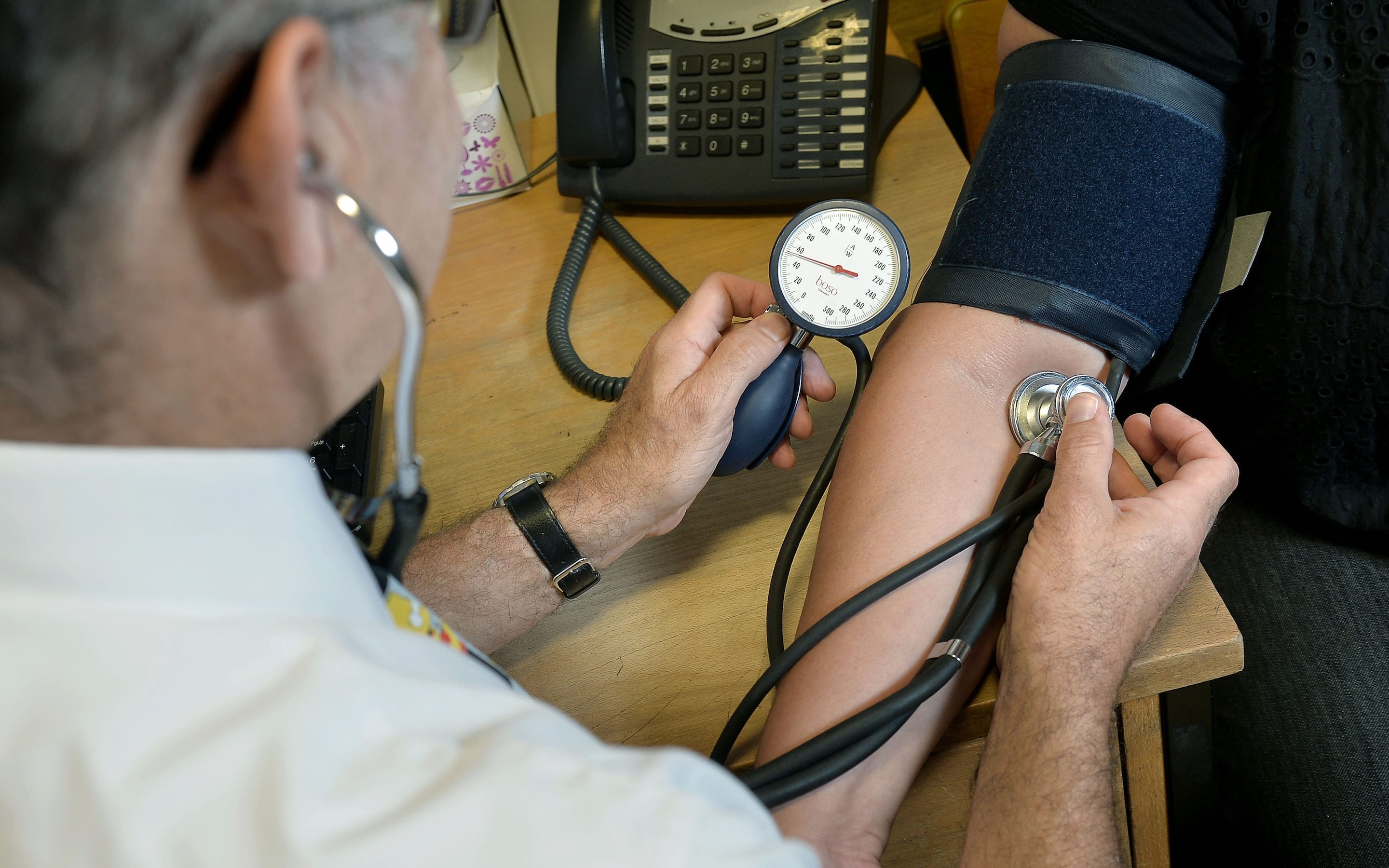 However, a number of factors are well known that increase the likelihood of developing arterial hypertension. In order to minimize the risk of the disease or even prevent its development, the first thing to do is to know these factors.
However, a number of factors are well known that increase the likelihood of developing arterial hypertension. In order to minimize the risk of the disease or even prevent its development, the first thing to do is to know these factors.
Studies have revealed a hereditary predisposition to the development of arterial hypertension. In addition, factors including body weight, salt intake and physical activity appear to interact with genetic factors.Therefore, it seems doubtful that scientists will ever be able to find a connection between a specific genetic defect and the development of all cases of essential hypertension.
Regulation of blood pressure
The body has several systems that control the level of blood pressure and protect it from an excessive fall or rise. These are the heart, arteries, kidneys, a number of hormones and enzymes, as well as the nervous system.
HEART. The necessary amount of force for the ejection of blood from the left ventricle into the aorta is created by the pumping action of the heart muscle.The more pumping power the heart creates, the greater the force acting on the walls of the arteries.
ARTERIES. The walls of the arteries are equipped with smooth muscle fibers, which are involved in the expansion and contraction of the lumen of the vessel when a wave of blood passes through it. The more elastic the arteries, the less the resistance of the arterial bed, which is present in the path of blood flow and, therefore, the less the force that acts on the walls of the arteries. If the arteries lose their elasticity or are damaged for any reason, this causes an increase in resistance to blood flow and requires an increase in the force necessary to “push” blood through the vessels.This increases blood pressure.
KIDNEYS. The kidneys regulate the amount of sodium and water in the body. The rule of thumb is that sodium “holds” water. Thus, the more sodium there is in the body, the more fluid circulates with the blood. Excess fluid can increase blood pressure. In addition, too much sodium can cause vascular damage.
Excess fluid can increase blood pressure. In addition, too much sodium can cause vascular damage.
OTHER FACTORS. The central nervous system, together with hormones, enzymes and other chemicals , can affect blood pressure levels.
Baroreceptors There are tiny nodular structures in the walls of the heart and in some blood vessels called baroreceptors. These structures work like a room thermometer in your home. Baroreceptors continuously monitor the level of blood pressure in the arteries and veins. If a signal is received about a change in pressure, baroreceptors transmit it to the brain, from where in response are commands to decrease or increase the heart rate, as well as expand or narrow the lumen of the arteries to maintain normal blood pressure levels.
Adrenaline . The brain responds to impulses from baroreceptors by stimulating the release of hormones and enzymes that affect the functioning of the heart, blood vessels, and kidneys. One of the main hormones involved in blood pressure control is adrenaline, also called epinephrine. Adrenaline is released into the bloodstream under conditions of stress or tension, for example, in case of anxiety and haste when completing a task.
Adrenaline causes narrowing of blood vessels, causes the heart to contract with greater force and speed, which leads to an increase in blood pressure.People often associate the feeling of high blood pressure with the release of adrenaline.
Renin-angiotensin-aldosterone system . There are other hormones in the body that regulate blood pressure levels. Among them – renin, which is formed in the kidneys, it is able to convert to angiotensin I. Once in the bloodstream, angiotensin I is converted to angiotensin II. The effect of angiotensin II is to constrict blood vessels and stimulate the release of the hormone aldosterone, which is synthesized in the adrenal glands.As a result of an increase in the concentration of aldosterone, the kidneys begin to retain more water and salts in the body.
According to scientists, some people with high blood pressure have a special type of gene responsible for the synthesis of angiotensin. As a result, the body produces too much angiotensin.
Endothelium . The lumen of the arteries is lined with a thin layer of cells called the endothelium. Experiments have shown that this layer plays a very important role in the regulation of blood pressure – for example, the release of chemicals that cause blood vessels to contract and relax.
Nitric oxide . A gas called nitric oxide found in the blood can affect blood pressure. This gas helps to relax the blood vessel wall and expand its lumen. Nitric oxide levels can be raised by the action of nitroglycerin, a drug used to treat certain cardiovascular diseases.
Endothelin . The opposite effect of nitric oxide on the vessel wall is exerted by a protein called endothelin . It causes the blood vessels to contract. Endothelin-1, a form of this protein, may play a critical role in the development of high blood pressure.
Blood pressure measurement
Target blood pressure values
(for all age groups):
• For people with arterial hypertension
– below 139/89 mm Hg.
• For people who also have diabetes
and / or kidney disease
– below 129 / 79mm Hg.
Blood pressure is determined by measuring the pressure in the arteries.The measurement is done using a device called a sphygmomanometer or tonometer. It consists of an inflatable cuff that wraps around the forearm, an air pump (manual or electronic), and a pressure gauge.
For home measurements, it is better to choose an automatic tonometer with a shoulder cuff – this device provides the most accurate and fastest measurement. It is not recommended to monitor blood pressure with devices with a sensor on the wrist or finger.
Blood pressure is measured in millimeters of mercury (mmHg).Art.). The measurement result depends on how much the pressure in the arteries is able to raise the column of mercury in the sphygmomanometer.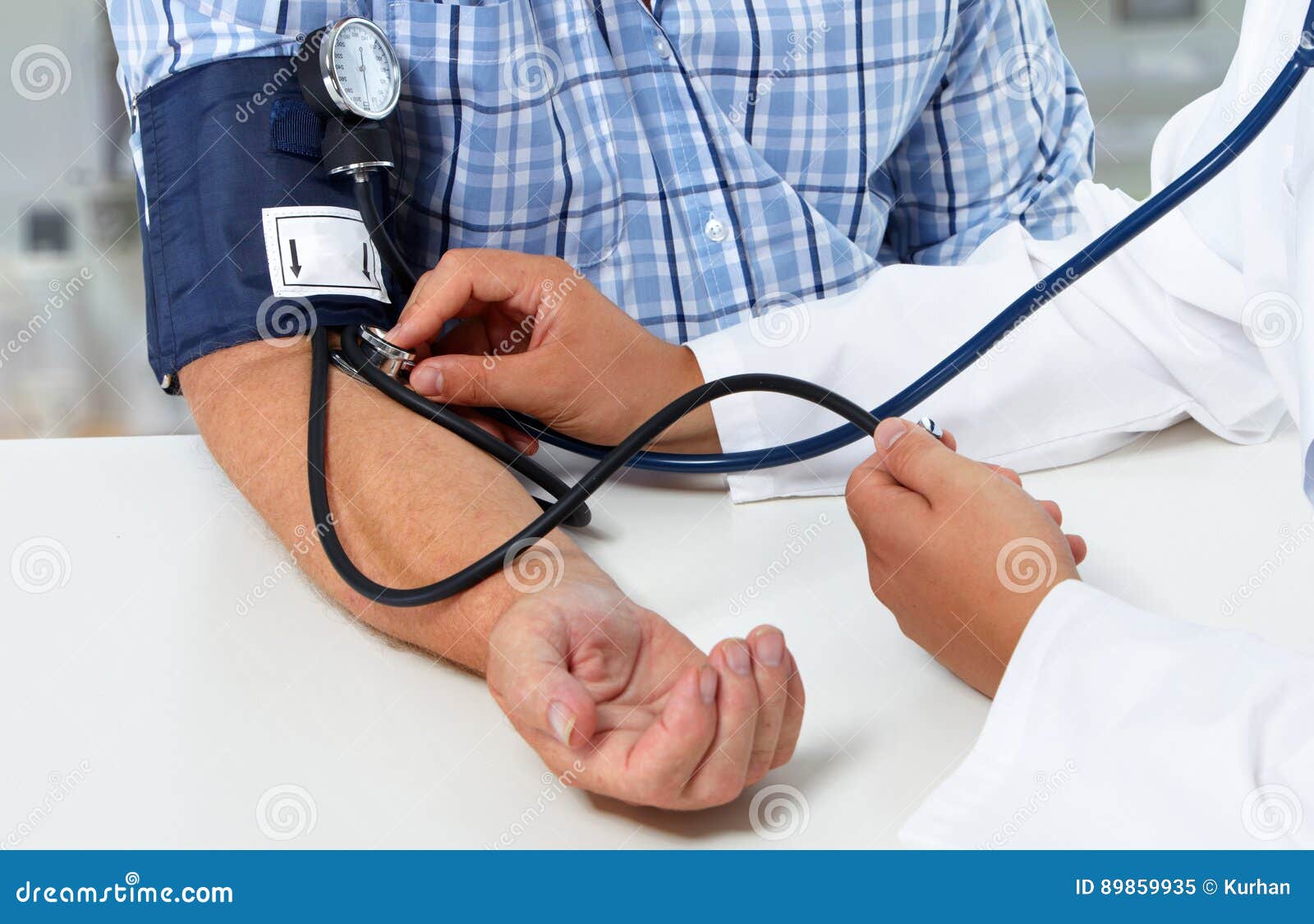
Two pressure indicators
Blood pressure level is characterized by two indicators. Both are equally important. The first is the level of systolic pressure. This is the level of blood pressure at the time the heart is contracting – this period is called systole – and throws blood into the aorta .
The second indicator is diastolic pressure.It shows how much pressure is created in the arteries during a period of time called diastole, when the heart is relaxed and filled with blood. The heart needs to completely relax before the next heartbeat, at which time the pressure in the arteries decreases. The two indicators described above are written as a fraction. The numerator (to the left of the fractional sign) indicates the systolic pressure value, and the denominator (to the right of the fractional sign) the diastolic pressure value. Out loud, these figures are divided by the preposition by .For example, if when measuring the levels of systolic and diastolic pressure were respectively 115 mm Hg. Art. and 82 mm Hg. Art., then the blood pressure in this case is equal to 115/82 or 115 to 82.
Normal blood pressure indicators
In the first months after birth, the child’s blood pressure is on average 100/65 mm Hg. Art. or 100 to 65. During childhood, it grows slowly. Since adolescence, normal blood pressure values are 119/79 mm Hg.Art. or below. Systolic pressure is between 120 and 139 mm Hg. Art. and diastolic pressure between 80 and 89 mm Hg. Art. classified as prehypertension.
If you have prehypertension, it means that your blood pressure is above normal but below the numbers when a condition called hypertension is diagnosed. The presence of prehypertension should be regarded as a signal for a change in lifestyle in order to lower blood pressure. Pre-hypertension indicates that you have an increased risk of heart disease, kidney disease, and stroke.
Ideal or normal blood pressure for adults of all ages is 119/79 or below.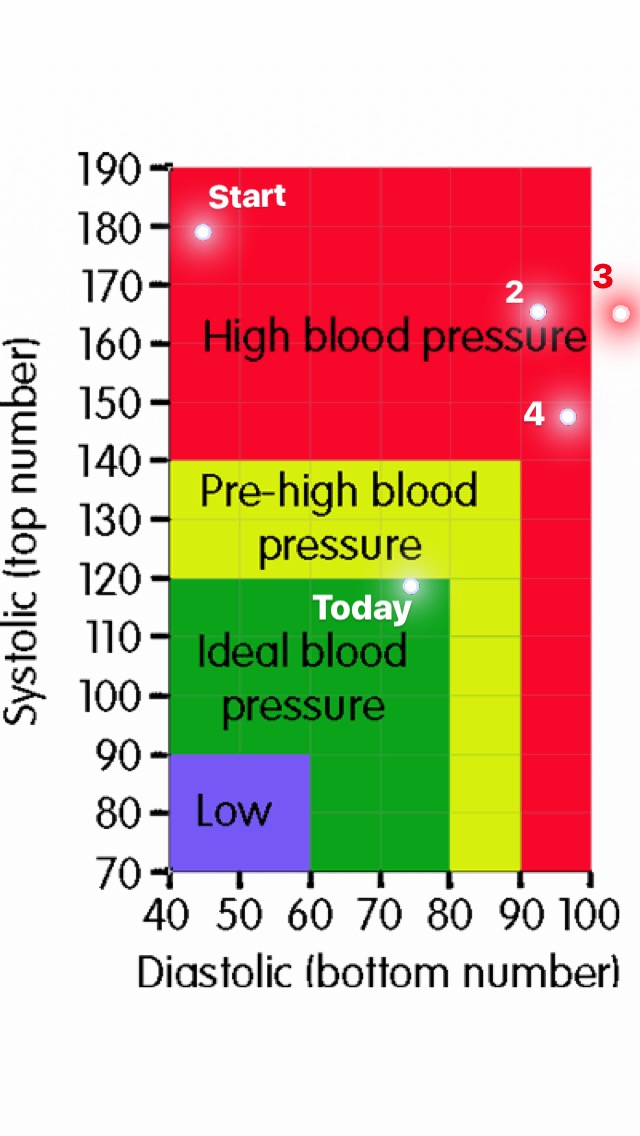 This is the level to which, if possible, you need to strive. However, some patients with arterial hypertension do not tolerate pressure below 119/79, which must be taken into account when choosing a drug treatment.
This is the level to which, if possible, you need to strive. However, some patients with arterial hypertension do not tolerate pressure below 119/79, which must be taken into account when choosing a drug treatment.
Rules for measuring blood pressure
at home
(recommendations of Harvard Medical School)
• DO NOT take alcoholic
and caffeine-containing drinks and
DO NOT smoke 30 minutes before the study
• For 5 minutes quietly
sit so that your back is supported
on the back of a chair, and the feet were
on the floor
• During the measurement, keep
that your elbow is
approximately at the level of the heart
• Remove your shoulder from clothing
and apply the cuff
• After the first measurement
remove the cuff, wait a minute
and repeat the measurement.If the
values are close, average them; if not, measure
a third time and average
3 values obtained
• If you get high
digits, don’t panic! Sit
quietly for a few minutes and repeat
measurement
• Relate your
measurements to the time of day
Systolic pressure above 140 and / or diastolic pressure above 90 are classified as arterial hypertension.
Patients with systolic hypertension, especially in old age, are at high risk of cardiovascular complications, despite the fact that their diastolic pressure is normal.
Pressure fluctuations during the day
The blood pressure measurement result characterizes its level directly at the time of measurement. Blood pressure changes throughout the day. It grows during periods of activity, during intense work of the heart, for example, during physical exertion. The decrease occurs at rest, in sleep. Blood pressure also changes with different body positions, for example, when moving from a lying or sitting position to a standing position.
Eating food, alcohol, pain, stress and intense experiences lead to an increase in pressure. Even dreams can cause your blood pressure to rise. All these fluctuations are perfectly normal.
Even dreams can cause your blood pressure to rise. All these fluctuations are perfectly normal.
Blood pressure levels may vary depending on the time of day. Arterial pressure fluctuates naturally over a 24-hour period. It is usually at its highest in the morning hours, after you transition to a state of wakefulness and physical activity. Further, it remains approximately at the same level throughout the day and begins to decrease only late in the evening.The pressure reaches its minimum figures in the early morning hours, while you are still sleeping. This 24-hour schedule is called a circadian rhythm. In our body, more than 100 different functions are subject to circadian fluctuations.
Diagrams of the circadian rhythm of blood pressure of workers in the day and night shifts are different, that is, they depend more on the alternation of periods of work and rest (sleep) than on the time of day. This is why blood pressure and many other body functions subject to circadian fluctuations change when the daily activity schedule is disrupted.
Regularly monitor blood pressure
at home:
• People with
diagnosed arterial hypertension or
prehypertension
• Pregnant women
• Overweight people
bodies
• Smokers
• People with hereditary arterial hypertension
Making Accurate Measurements
To understand what your true average blood pressure is, the best time to change is during the day, when hours have passed since getting out of bed.If you exercise in the morning, then you need to measure your blood pressure before you start exercising. After vigorous physical activity, the pressure may remain relatively low for a while and not reflect your average level.
It is also not recommended to eat, smoke or drink coffee less than 30 minutes before blood pressure measurement. Tobacco and caffeine can temporarily raise your blood pressure, and your alcohol intake can lower it. On individuals, however, alcohol has the opposite effect.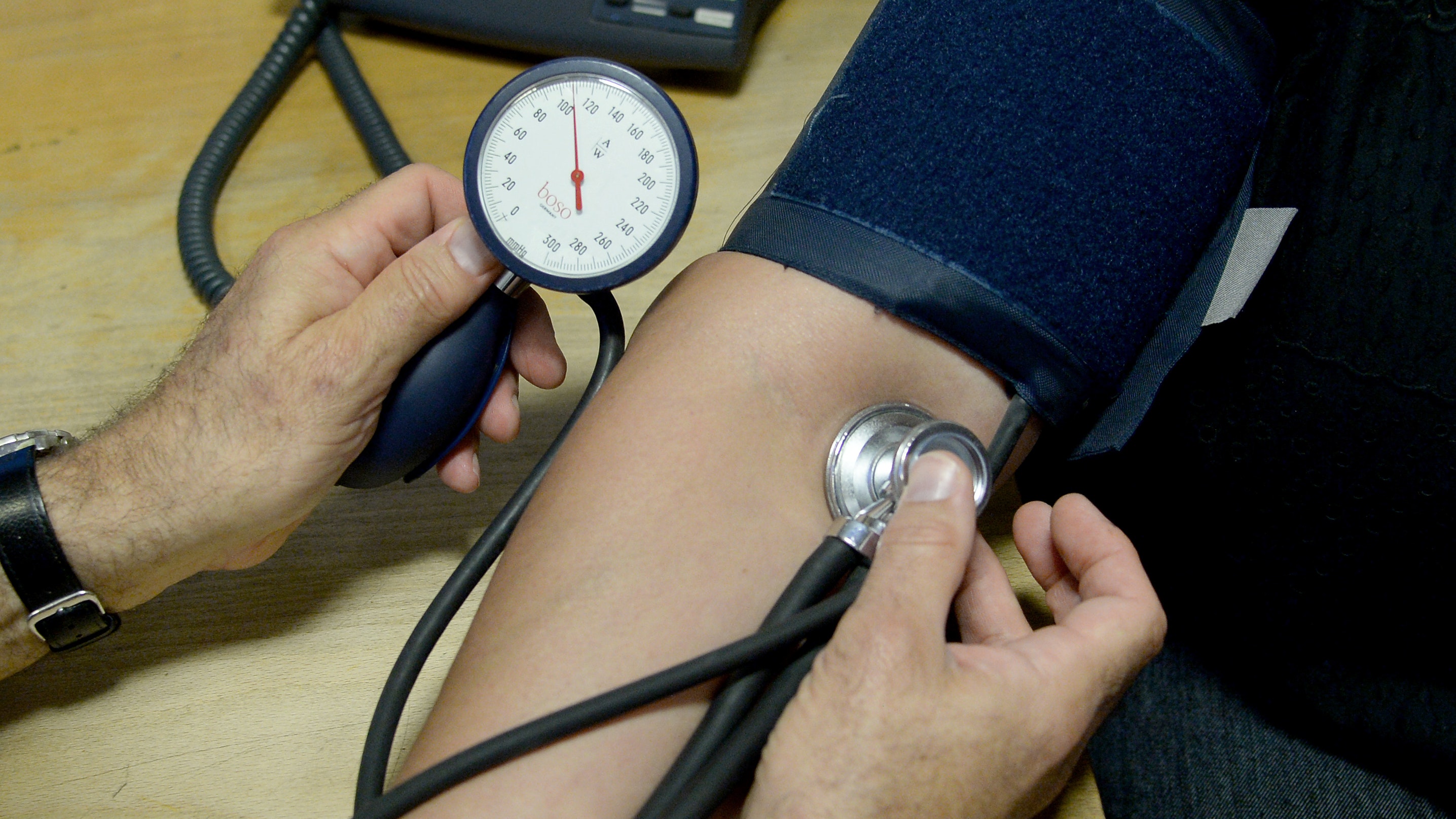 Some drugs, such as anti-allergic and antipyretic drugs, and a number of dietary supplements, can lead to an increase in blood pressure within a few hours or even days from the moment of administration. Sit for about 5 minutes before taking the measurement, as it takes some time for the pressure to change according to body position and level of physical activity. Following the above rules, you will be able to estimate as accurately as possible the true level of your pressure during the day.
Some drugs, such as anti-allergic and antipyretic drugs, and a number of dietary supplements, can lead to an increase in blood pressure within a few hours or even days from the moment of administration. Sit for about 5 minutes before taking the measurement, as it takes some time for the pressure to change according to body position and level of physical activity. Following the above rules, you will be able to estimate as accurately as possible the true level of your pressure during the day.
If you are hypertensive, your treatment plan should include regular home blood pressure measurements.
Symptoms of high blood pressure
Often there are no symptoms that could warn you about your disease, which is why high blood pressure is also called the silent killer.
People sometimes mistake headache, dizziness, nosebleeds for signs of high blood pressure. However, only a few can confirm the appearance of dizziness or increased frequency of nosebleeds with an increase in blood pressure. Scientific studies have shown that there is no connection between headache and high blood pressure.Thus, in most people, the disease is asymptomatic.
It is possible to live with arterial hypertension for several years and not know about it. Often this condition is detected by chance during a routine examination by a doctor. Signs and symptoms usually appear only when the disease progresses to a higher – perhaps even life-threatening – stage. However, it also happens that the disease does not manifest itself even with a very high level of blood pressure.
Other symptoms that sometimes accompany high blood pressure, such as excessive sweating, muscle tremors, excessive urination, accelerated or irregular heartbeats, are mainly caused by other conditions that can cause pressure to rise.
When Blood Pressure May Fall Too Low
When it comes to blood pressure numbers, the general rule of thumb is that less is better. However, there are situations of a sharp drop in pressure. This condition is called hypotension and can become life-threatening if the pressure drops to a dangerous level. Fortunately, such situations are rare.
This condition is called hypotension and can become life-threatening if the pressure drops to a dangerous level. Fortunately, such situations are rare.
On the contrary, constantly (chronically), but not critically low blood pressure occurs quite often. The reason may be many factors, including the use of antihypertensive drugs, diabetes mellitus, the second trimester of pregnancy.
A potentially dangerous side effect of chronically low blood pressure is so-called postural hypotension, a condition in which a person who stands up quickly can feel dizzy and even faint. The fact is that when we get up, gravity does not allow blood to be instantly redistributed according to a change in body position: in its lower part (the vessels of the legs) there is a relatively larger volume of blood compared to the upper part, which can lead to a rapid drop in pressure.Normally, the system that regulates blood pressure counteracts its decrease by narrowing the lumen of the arteries and increasing the release of blood with each contraction of the heart.
If the blood pressure is constantly lowered, the time required to compensate for the effect of gravity increases. Postural hypotension is more common in older age groups, as the transmission of nerve and regulatory signals becomes slower with age. The danger is that severe dizziness or loss of consciousness can lead to falls and injury.
You can prevent such situations if
– get up more slowly and stick to something when you are standing
– stand for a few seconds before going; You will give the body time to adapt to the pressure change
– if you stand, cross your legs and press your hips against one another (like scissors), this will help reduce the accumulation of blood in the vascular bed of the legs.
Some older people, especially those taking drugs to treat hypertension, are more likely to faint or fall after eating.The cause may be a drop in blood pressure. If you have experienced fainting spells after eating, you need to take steps to prevent them. Eat slowly and little by little. Rest for an hour after eating.
Eat slowly and little by little. Rest for an hour after eating.
See a doctor if dizziness or fainting recurs. Other medical conditions can cause these symptoms or become more pronounced.
Complications of arterial hypertension
High blood pressure requires mandatory treatment, as over time, excessive force acting on the arterial walls can lead to serious damage to many vital organs of the body.The most damaging effects of high blood pressure are arteries, heart, brain, kidneys and eyes.
Some of the complications described below may require urgent treatment.
High blood pressure can damage the arteries, heart, and other body systems.
HEART AND VESSELS
ARTERIOSCLEROSIS. Healthy arteries, like healthy muscles, need to be flexible, strong, and elastic. Their walls are smooth from the inside, not obstructing blood flow.However, over the years, high blood pressure can make them thicker and harder.
ATHEROSCLEROSIS. High blood pressure can accelerate the deposition of cholesterol within the arterial wall and between its layers. If the inner wall of an artery is damaged, blood cells called platelets are deposited there. Cholesterol also tends to be deposited in a certain area of the wall. Initially, the deposition of cholesterol is only a layer of fat-containing cells.As cholesterol accumulates, the process spreads to the deep layers of the arterial wall, causing damage. Large deposits of cholesterol are called plaques. The plaque hardens over time.
The greatest danger of cholesterol plaques is damage to the vascular wall. The organs and tissues supplied by these altered arteries do not receive enough oxygen and nutrients from the blood. To ensure adequate blood flow, the body responds with an increase in blood pressure.In turn, this leads to further vascular damage.
Arteriosclerosis and atherosclerosis can develop in any arteries of the body. However, the most commonly affected arteries are the heart, brain, kidney, abdominal aorta, and legs.
ISCHEMIC HEART DISEASE. Ischemic heart disease is one of the main causes of death in patients with untreated arterial hypertension.
This condition affects the arteries that feed the heart muscle (coronary arteries).In patients with high blood pressure, the formation of cholesterol plaques in the coronary arteries is common.
Plaque reduces blood flow to the heart muscle, which can lead to myocardial infarction if the volume of the flowing blood decreases to a critical level. This condition requires immediate hospitalization for medical treatment or transluminal balloon angioplasty, a surgical procedure to remove narrowings in the coronary arteries. The normalization of blood pressure leads to a decrease in the number of myocardial infarctions by about 25 percent.
ANEURISM. When blood vessels lose their elasticity, their walls can stretch and become thinner. This place in the artery is called an aneurysm. Aneurysms most often form in the arteries of the brain and in the lower aorta, at the level of the abdomen. The greatest danger of any aneurysm is rupture, leading to life-threatening bleeding.
In the early stages of aneurysm formation, as a rule, do not affect the state of health. As it grows, an aneurysm in an artery in the brain can cause very severe, persistent headaches.A large abdominal aortic aneurysm can cause persistent abdominal or lower back pain. Occasionally, an abdominal aortic aneurysm is found on physical examination, when light pressure on the abdomen reveals a pulsating vessel. Sometimes a blood clot lining the aneurysm cavity can break off and block the branches extending from the aorta.
HYPERTROPHY OF THE LEFT VENTRICLE. Blood pressure can be compared to a load that the heart, as an athlete, must lift. When the heart pushes blood from the left ventricle into the aorta, it works against the blood pressure inside the arteries.
The higher the blood pressure, the harder it is for the heart to work. Over time, it becomes difficult for him to cope with excessive stress and the walls of the main pumping chamber (left ventricle) begin to thicken (hypertrophy). Muscle mass grows, which requires an increase in its blood supply. However, as we already know, high blood pressure also damages the arteries that supply the heart, so the vascular bed is often unable to provide sufficient blood flow to meet the needs of the heart muscle.Effective control of blood pressure levels can prevent the development and even reduce the development of left ventricular hypertrophy.
HEART FAILURE. In this condition, the heart is not able to pass the blood flowing to it quickly enough. The result is blood stasis, which causes fluid to accumulate in the lungs, lower limbs, and other tissues. This condition is called edema. The congestion of blood in the lungs leads to shortness of breath. Accumulation of fluid in the lower extremities – to swelling of the feet and ankles.With effective treatment of hypertension, the risk of developing heart failure is reduced by about 50 percent.
BRAIN. Hypertension significantly increases the risk of STROKE.
Strokes most often occur against a background of high blood pressure. However, in those people who have received medication for high blood pressure, the risk of stroke is reduced.
Stroke, or acute cerebrovascular accident, is damage to brain tissue, which occurs either due to blockage of the lumen, or due to rupture of an artery that supplies the brain.For these reasons, there are two main types of strokes: ischemic and hemorrhagic .
Ischemic stroke. Ischemic strokes account for 70-80 percent of all strokes. Ischemic stroke usually affects the parts of the brain that control movement, speech, and the senses.
Stroke develops as a result of thrombosis of an artery that supplies the brain. The likelihood of thrombus formation increases in the presence of a cholesterol plaque, since the surface of the plaque facing the lumen of the vessel is uneven, and the blood flow in this place is impaired.More than half of ischemic strokes are due to the formation of a blood clot in one of the arteries that leave the aorta and supply the brain.
A less common cause of ischemic strokes is the detachment of a particle of a blood clot in an artery and the movement of this particle (embolus) through larger arteries into smaller arteries in the brain. A blood clot in the chambers of the heart can also be a source of emboli. If a moving blood clot stops in a small-diameter artery and completely blocks blood flow, then a stroke develops in the corresponding part of the brain.
Sometimes cerebral blood flow is disturbed for a short time – less than 24 hours. This condition is called transient ischemic attack (TIA) or minor stroke. A transient ischemic attack is a warning sign that a stroke may develop.
Hemorrhagic stroke. Hemorrhagic stroke develops due to rupture of the wall of the cerebral artery. In this case, the blood soaks into the surrounding brain tissue, which causes damage. Brain cells located at a distance from the source of bleeding are also damaged, since they are deprived of the flow of fresh arterial blood.One of the causes of hemorrhagic stroke is arterial aneurysm. Small tears in the arterial wall can also cause blood to seep into the surrounding tissue.
Normalization of blood pressure numbers due to effective treatment is accompanied by a significant reduction in risk. Even if you’ve already had a stroke or transient ischemic attack, lowering high blood pressure will help prevent possible recurrence.
DEMENTIA. Dementia is acquired dementia.Scientific research suggests that high blood pressure can cause memory impairment and other mental impairments over time. The risk of dementia increases significantly between the ages of 70 and older. From the moment of the diagnosis of arterial hypertension to the appearance of signs of dementia, it can take from several decades to several years.
It has now been shown that therapeutic control of high blood pressure can reduce the risk of dementia.
KIDNEY
About one fifth of the volume of blood expelled by the heart passes through the kidneys. The tiny structures of the kidneys that act as filters are called nephrons. With their help, the blood is cleansed of metabolic products of our body, which are further excreted in the urine. The function of the kidneys is to control the balance of salts, acids and water in the body. In addition, the kidneys synthesize substances that regulate the diameter of blood vessels and their function. High blood pressure can negatively affect this complex process.
If atherosclerosis develops due to arterial hypertension in the arteries supplying the kidneys (renal arteries), blood flow to the nephrons decreases, the efficiency of elimination of waste products from the blood decreases. Over time, the concentration of these products in the blood increases, the kidneys begin to “shrink” and lose their function.
High blood pressure and diabetes mellitus are the most common causes of kidney failure.
If kidney function is ineffective, hemodialysis or even kidney transplant may be required.Hemodialysis is the process of removing metabolic products from the blood using special equipment.
Kidney damage can lead to the appearance or aggravation of the course of arterial hypertension, since the kidneys are involved in the control of blood pressure by regulating the amount of sodium and water contained in the blood. This situation is a vicious cycle, which ultimately leads to an increase in blood pressure and a gradual decrease in the ability of the kidneys to remove metabolic products from the body.
Normalizing high blood pressure can slow the progression of kidney disease and reduce the need for hemodialysis and kidney transplantation.
EYES.
High blood pressure leads to accelerated aging of the tiny blood vessels in the eye. In severe cases, it can even lead to loss of vision.
Sometimes the presence of arterial hypertension is detected by a simple examination of the fundus. The light directed into the eye makes visible the thin arteries located on the inner surface of the eye (retina).Already in the early stages of arterial hypertension, the walls of these arteries begin to thicken and their lumen narrows. The arteries of the eye can compress nearby veins and obstruct venous return. It is believed that the state of the fundus arteries reflects the state of the cerebral vessels.
High blood pressure can also rupture the walls of the arteries and hemorrhage into the underlying tissues of the eye. In severe cases, swelling of the optic nerve, which transmits visual signals from the retina to the brain, may develop.This can cause loss of vision. Damage to the retina can in most cases be prevented by controlling blood pressure levels.
How to control blood pressure.
On the way to normalizing blood pressure, changing habits and lifestyle is of no small importance. Simple healthy eating habits, regular physical activity, and smoking cessation can significantly lower blood pressure levels. Sometimes, in the initial stages of the disease, these conditions are enough to maintain blood pressure within normal limits.
Unfortunately, drug therapy is often required in addition to the general rules. Therapy for arterial hypertension is selected individually and serves to prevent increases in blood pressure. The drugs should be taken daily (usually 1-2 times a day). Rarely is one drug effective – more often a combination of two or sometimes three types of drugs is required. Such combinations (which are often enclosed in one tablet) allow you to achieve the desired effect with the minimum dosage of each of the components.
If the blood pressure is still higher than normal values, there are drugs for quick help – they help to quickly and effectively reduce blood pressure “here and now”. There should be as few such emergency appointments for hypertensive patients – daily planned antihypertensive therapy should be selected as effectively as possible . It should be remembered that arterial hypertension is a chronic disease from which it is impossible to be cured forever, therefore, normal blood pressure figures require CONSTANT medication.
Why limit salt intake?
Table salt (or sodium chloride) is the most important source of sodium for our body. Sodium is a chemical element that has a number of fundamental functions. Sodium ions are involved in the transmission of nerve impulses, contraction and relaxation of muscle tissue, maintaining water balance. No cell of the body can function without this element! For the normal functioning of all organs and systems, a strictly defined amount of sodium is required.The amount of water retained in the bloodstream also depends on it. In a healthy person, the kidneys regulate sodium and water. However, with prolonged excess intake of salt (sodium), the kidneys lose this ability. Excess sodium also leads to excessive water accumulation and, as a result, to arterial hypertension.
Some people are especially sensitive to the amount of sodium in the body – their blood pressure rises or falls in direct proportion to this.Therefore, these people have an increased risk of cardiovascular complications. However, they benefit the most from a low-salt diet.
Most sensitive to salt:
– Elderly
– African American
– People with arterial hypertension
– People with diabetes
– People with chronic renal failure 509 0
So
If you are less than Your blood pressure is normal (below 120 / 80mmHg.Art.), and otherwise you are healthy , as long as you do not have to worry about the amount of salt consumed. However, try to limit yourself to 2.3 grams of sodium per day. The risk of hypertension increases with age. Therefore, if you get used to eating less salty food now, it will be easier for you later.
If you are older, obese or diabetic , you need to reduce your sodium intake to 1.5 g per day
If you have hypertension, prehypertension, heart failure or kidney disease, You should consume no more than 1, 5g sodium per day.
What to do if blood pressure rises from time to time?
There are cases when blood pressure is not constantly increased, but only in certain situations. Some people experience the so-called “white coat hypertension” – when blood pressure is always high at a doctor’s appointment, while at home it is always normal. The opposite situations also happen. The so-called “latent hypertension” is characterized by normal blood pressure when measured by a doctor, but under other conditions – under stress, in the early morning or evening hours, blood pressure rises.
However, the question arises of what to do in such ambiguous situations – when blood pressure does not rise every day, or even a week, but only from time to time. Such a picture indicates an increased lability of your blood pressure, which can soon lead to permanent arterial hypertension. regular home blood pressure monitoring and lifestyle and nutritional adjustments are a big step towards preventing serious cardiovascular complications such as stroke, heart attack, heart failure.
You need to:
– Increase physical activity
– Lose weight if it is overweight
– Observe healthy eating rules
– Stop smoking
Thus, you should remember:
– Blood pressure regulates blood flow through the heart and blood vessels.
– The level of both systolic and diastolic pressure is equally important.
– They speak of arterial hypertension if the level of systolic pressure is consistently 140 mm Hg and higher, and / or the level of diastolic pressure is consistently equal to 90 mm Hg and higher.
– Arterial hypertension is called a silent killer, since in a typical case this disease is not accompanied by any characteristic symptoms, however, it leads to a number of severe complications.
– Untreated, this disease can lead to stroke, myocardial infarction, heart and kidney failure, blindness and reduced mental capacity.
– Treatment of arterial hypertension significantly reduces the risk of disability and death from the above diseases.
If you have high blood pressure, work with your doctor to treat the condition and improve your overall health.Make an appointment.
90,000 If you have high blood pressure … A few simple tips on how to lower your blood pressure and be healthy
IF YOU HAVE HIGH BLOOD PRESSURE …
A FEW SIMPLE TIPS HOW TO REDUCE BLOOD PRESSURE AND BE HEALTHY
Tatiana Alekseevna Petrichko,
head. Department of OVP and Preventive Medicine
KGBOU DPO IPKSZ, d.M.Sc.
Arterial hypertension is one of the most common chronic diseases of our time. Currently in Russia about 40% of the population suffer from arterial hypertension. In many patients, arterial hypertension can be asymptomatic for a long time, without affecting overall well-being. With the long-term course of this disease, the body gradually adapts to high pressure, and a person’s well-being can remain relatively good.At the same time, high blood pressure has an adverse effect on the blood vessels and internal organs: the brain, heart, kidneys. This often leads to serious complications such as stroke, coronary heart disease (angina pectoris), myocardial infarction, heart and kidney failure.
Remember ! Arterial hypertension is a chronic disease that constantly and steadily progresses if left untreated. However, this disease can be controlled! To effectively lower blood pressure and the risk of cardiovascular complications, it is important to take regular medications and maintain a healthy lifestyle.
What should be done if high blood pressure is detected?
If an increase in blood pressure is detected, it is necessary to immediately consult a doctor to identify the cause of the disease and determine the tactics of treatment.
Remember! In no case should you self-medicate. You can not listen to the advice of friends and relatives suffering from arterial hypertension and use the same medications for treatment that they are taking.Since the cause and course of the disease in each person is different, then treatment for some can be useful, and for others useless or even harmful. Only a doctor can determine the necessary treatment tactics for each patient.
How to start treatment of high blood pressure?
In order to prevent the onset or progression of existing arterial hypertension, it is necessary to reduce body weight, give up some bad habits, such as smoking, alcohol abuse, excessive salt intake.
Proper nutrition and exercise is the basis of treatment, but nevertheless, in some patients, the pressure decreases, but remains above safe limits, what should be done in this case?
Take antihypertensive drugs – drugs that lower blood pressure.
When should I start taking pills regularly?
If arterial hypertension is stable (that is, it does not decrease on its own) for 2-3 weeks, despite salt restriction, proper nutrition, exercise, blood pressure weight loss remains above the safe level of 140/90 mm Hg.it is necessary to start a constant intake of antihypertensive drugs selected by the doctor.
At what pressure do you need to take pills all the time?
If your blood pressure is generally above 140/90, even if it is 150/95, and especially if there are periodic crises, the pills must already be taken. The principle of treating arterial hypertension is that while taking medications, the level of blood pressure does not go beyond normal values, it creates conditions for the normal functioning of all vital organs and systems of the body.
What is the purpose of the constant intake of antihypertensive drugs?
Always have safe pressure levels and no crises. The constant intake of antihypertensives is the only effective prevention of crises.
Remember! Arterial hypertension is a chronic disease and, like all chronic diseases, requires constant and continuous treatment. Discontinuation of medication will inevitably lead to a relapse of high blood pressure and the development of complications.
Remember! You need to be treated not just to be treated, but in order to have pressure at a safe level – 140/90.
What drug is needed?
This question should only be answered with a doctor. Currently, for the treatment of hypertension, there is a large arsenal of drugs, lunch in 5 groups of drugs. Each of these groups has its own contraindications, prescription features depending on concomitant diseases, age, etc.d
Groups of antihypertensive drugs
I group – Beta-blockers
atenolol, metoprolol, bisoprolol, betaxolol
II group – Calcium antagonists
Nifedipine, amlodipine, lercanidipine, fellodipine, nitrondipine
III group – ACE inhibitors
Captopril, enalopril, perendopril, lisinopril, foztopril
IV group – AT receptor blockers
Losartan, Valsortan, Eprosartan, Telmisartan, Olmesartan, Azilsartan
V group – Diuretics
Hypothiazide, indapamide
Remember! Only a doctor can prescribe medications and determine their dosages.
What do these drugs work for?
On the factors on which the level of blood pressure depends, the main ones are already well known to you: spasm (narrowing) of blood vessels, increased work of the heart, fluid retention. Let’s talk about this in a little more detail.
What determines the level of blood pressure?
Conventionally, the cardiovascular system can be represented as a closed system consisting of a tap, a tank and connecting pipes. Imagine that the tap is the heart, the tube is the arteries, and the cistern is the entire body supplied with blood.
What factors stand out and how to influence them?
– if the liquid comes from the tap under pressure, then the pressure in the pipe will increase; beta blockers are needed here.
– if you reduce the lumen of the pipe, then the pressure will also increase; the lumen of the tube is increased by calcium antagonists, ACE inhibitors, AT-receptor blockers.
– if you increase the amount of liquid in the tank, then the pressure in the system will also increase; this factor can be affected by diuretics.
Who decides on the drug group?
The doctor, taking into account the characteristics of your body and other factors, decides with which group of drugs should be started treatment.
How does he solve the dosage question?
Usually, treatment is started with the lowest dose. You take it for 5-7 days and control the pressure in the diary BP should be measured at least 2 times a day, preferably at the same hours) .It usually decreases slightly. After 5 days the dose is increased and again within 5 days you continue to control the pressure. It will decrease a little more. If the blood pressure has not become 140/90, then the dose continues to be gradually increased until the blood pressure reaches safe limits.
But what to do if the pressure still does not reach safe limits?
If the dose of the drug is increased to the maximum allowable, and the pressure has not reached 140/90 mm Hg, then the doctor has 2 options.The first is to cancel this drug and prescribe another from the same group or a different group. The second is to reduce the dose of this drug and add a drug from another group.
How long does the selection of the scheme take?
It depends on the reaction of your body to antihypertensives. Sometimes very quickly. Sometimes you have to try different and different options until the main result is achieved – 140/90 mm Hg.
What is required of you when choosing a dose?
Understanding the goals of this joint work with the doctor – to achieve a pressure not higher than 140/90 mm Hg.and a normal life without vascular complications.
Regular measurement of blood pressure and keeping a diary. Without this, the work of selecting a dose turns into self-deception.
Can a doctor choose the right regimen without your participation?
Never. He makes any decision only, focusing on the reaction from the blood pressure. This reaction can only be seen from the diaries. Without knowing your daily blood pressure readings, you cannot make the right decision.
Is it necessary to quickly lower blood pressure?
If we are talking about the systematic selection of treatment, then no.Many patients have lived with elevated blood pressure for years. Its rapid decrease can lead, on the contrary, to a deterioration in well-being.
What to do after you have achieved a safe pressure of 140/90?
Continue the same lifestyle (proper nutrition and exercise) and take the selected antihypertensive regimen.
What happens if you stop taking your pills?
The pressure will start to rise again, sometimes even in the form of a crisis.
What prevents the regular intake of pills?
One of the most common reasons is forgetting to take pills. To do this, there is a toothbrush rule – put the tablets next to the toothbrush, brush your teeth and take the tablets.
What side effects do antihypertensive drugs have?
Each of the antihypertensive drugs may have side effects.
The likelihood of the appearance and severity of a side effect depends on the dose: the higher it is, the more likely the risk of developing side effects – that is why the doctor strives to prescribe the optimal doses of drugs.
The incidence of side effects and their severity may differ for different groups of drugs.
Remember! If you experience any new symptoms or discomfort while taking medication, you should consult your doctor.
Can you tell the doctor your wishes about antihypertensive drugs that will be recommended for you?
You can and should.
What are these wishes?
First, the frequency of reception.There are pills that need to be taken 1 or 2 times a day, and there are those that need to be taken 3 or 4.
Secondly, there are no side effects. If you have already taken any pills and did not tolerate them well, tell your doctor about it.
Third, the cost. There are effective drugs that are easy to take with minimal side effects. But their cost is higher than similar drugs, which are inferior to them on certain points. It makes no sense to start treatment with expensive pills if you cannot use them later.Although you should always remember that there is nothing more valuable than health.
Fourth, the effectiveness of control. You can choose several schemes, calculate the cost of one day of treatment, compare which one is more effective and choose a solution that you prefer.
What is the best way to reduce the cost of treatment?
Proper nutrition and exercise. These factors can reduce blood pressure by 10-20 mm. If you don’t stick to them, then you will have to pay for the extra pills.
Remember that the most precious thing is health. It is better to spend money on blood pressure control now, when you have no complications and have the opportunity to earn them, than a much larger amount later, when they appear and deprive you of the opportunity to work.
Remember! Treatment is a process, its success depends on both the doctor and the patient himself, as well as the characteristics of the drug, its tolerance and side effects. Therefore, knowledge of the essence of the disease, its main causes, factors affecting its development and course is a necessary component of the treatment complex.This is an important step towards staying healthy.
90,000 High blood pressure | Accu-Chek
High blood pressure, or hypertension, is caused by a significant disturbance in the condition of the vascular wall, when not only the diameter of the blood vessels changes significantly, but also the passage of the blood flow becomes difficult. Then the heart needs to contract harder than usual in order to move the blood along the vascular bed, and this can lead to serious diseases.
People with diabetes and high blood pressure are twice as likely to have heart disease as those who are hypertensive but do not have diabetes.Research also shows that hypertension increases the risk of kidney disease, diabetic eye disease and stroke 1 .
Causes of high blood pressure
According to statistics from the American Diabetes Association, approximately 73% of adults with diabetes have high blood pressure or are using prescription drugs to lower blood pressure 2 . The causes of high blood pressure have not yet been established, but there are several factors that trigger hypertension:
- Heredity
- Racial
- Age
- Passive
- Alcohol abuse
- Hypersensitivity to salt
- Excess weight
- Stress.
Determination of high blood pressure
High blood pressure is usually not recognized by external signs or symptoms. The only thing you can do is take your blood pressure every time you visit the doctor. This is a quick and easy procedure, and you have probably gone through it many times.
If you have high blood pressure, your doctor may advise you to take more frequent measurements.
Prevention and treatment of high blood pressure
High blood pressure cannot be cured, but it is usually well controlled.You can reduce the likelihood of high pressure as follows 3 :
- Supporting Normal Weight
- Exercise
- By eating right, that is, by including fruits, vegetables and wholemeal flour products in your diet every day
- Focusing on low-salt, low-fat and lean meats
- No alcohol abuse
- Quitting smoking.
Your healthcare professional may additionally prescribe medication for you to maintain normal blood pressure.The choice and dosage of drugs depend on your individual characteristics.
90,000 How does high blood pressure affect me?
Arterial hypertension is a disease in which arterial (blood) pressure is steadily increased, which puts an additional burden on the heart and is a risk factor for many heart diseases.
But the rise in blood pressure can be successfully controlled by lifestyle changes or medications. The more effectively the increase in blood pressure is kept under control, the less the risk of complications.
Upper pressure – 130 /85 – is the highest pressure in large arteries at the time of contraction of the heart muscle.
Lower pressure – 130/ 85 – is the lowest recorded pressure in large arteries at the time of relaxation of the heart muscle.
is required for both pressures to be within the normal range.
A temporary increase in blood pressure is considered normal
- during physical exertion
- with excitement, stress
Persistent high blood pressure indicates hypertension.
Hypertension does not go away by itself.
The first step in hypertension is lifestyle changes. If blood pressure does not return to normal, treatment should be started.
Hypertension is an independent disease with a hereditary predisposition caused by:
- overweight
- stress and mental tension
- light physical activity
- alcohol abuse
- smoking
- Bad eating habits
Less commonly, the causes of hypertension can be other diseases: kidney disease, hormonal disorders, etc.p.
How does high blood pressure occur?
Regulation of blood pressure in the body occurs by changing the tone of blood vessels, the speed of the heart, the strength of the heartbeat and the amount of fluid. This activity involves the heart, blood vessels and kidneys through various complex hormonal and other metabolic mechanisms. The most important of them are:
- Renin-angiotensin-aldosterone system acting in the kidneys
- coordination of vascular smooth muscle relaxation
If these normally functioning mechanisms are out of balance, the body is unable to regulate the tone of the blood vessels and high blood pressure occurs.In the inner layer of the blood vessels, the endothelium, nitric oxide (NO) is formed. The formation of nitric oxide in hypertension is impaired, the walls of blood vessels are compressed, thickened and the lumen of the vessel narrows.
The heart must make more efforts to push blood through narrowed vessels and provide tissues with oxygen at the same level. This, in turn, causes thickening of the heart muscle and oxygen deficiency in the heart itself, which can lead to heart failure.In addition, high blood pressure is a risk factor for blockage of blood vessels, which is a common cause of heart attacks and strokes.
Blockage of blood vessels and disruption of the normal activity of the endothelium are caused by smoking, low physical activity and unbalanced, incl. fatty food.
Move regularly – movement will help control body weight, stimulate metabolism, have a beneficial effect on blood pressure, cholesterol and blood sugar balance.
It is advisable to receive a half-hour aerobic exercise at least three times a week: brisk walking, ball games, swimming, running, cycling.
Eat right – less salt, less animal fat, more vegetables and fruits.
Avoid Alcohol Abuse – Excess alcohol increases body weight and is toxic to heart muscle cells. It is advisable to avoid drinking alcohol.
Maintain body weight within normal limits – Normal body weight reduces stress on the heart.Body weight is considered normal when the body mass index is in the range of 18-25 (body mass index = weight (kg) / height (m) x height (m)).
Give up smoking – smoking interferes with the absorption of oxygen by tissues and increases the tone of blood vessels, as a result of which the load on the heart increases.
Rest regularly – Getting enough rest will help you avoid overwork.
Control stress – stress hormones are released during stress, with constant exposure to increase muscle tension, constrict blood vessels, and increase blood pressure.So learn to suppress stress!
Stable high blood pressure puts additional stress on the heart. High blood pressure damages blood vessels and accelerates the formation of deposits on their walls.
Usually, at first, high blood pressure does not manifest itself in any way – there is no change in well-being, no symptoms of the disease – but changes are already taking place in the heart and blood vessels.
Over the years, irreversible changes occur, resulting in
- ischemic heart disease (may manifest as angina pectoris, myocardial infarction, sudden death)
- heart failure
- kidney damage, renal failure
- stroke
- damage to the blood vessels of the eyes
- impotence in men
When hypertension is well controlled with medication, the development of blood vessel damage is inhibited.
Sex and high blood pressure
In men, persistently high blood pressure impairs the blood supply to the penis, resulting in erectile dysfunction and impotence.
Studies have shown that hypertensive men over 40 have lower blood levels of the male sex hormone and lower sexual activity than men with normal blood pressure. To maintain normal sexual activity in hypertension, it is necessary to maintain blood pressure within the normal range.With well-controlled blood pressure, sex is safe for your health.
Sports and sauna
Physical training is a stimulating activity for the cardiovascular system. With the right exercise, the body learns to better respond to mental and physical stress.
For hypertension, exercise is necessary and acceptable, but blood pressure must be controlled.
Desirable
- Prefer dynamic loading, eg.running, swimming, walking, cycling, etc.
- Avoid isometric activities such as athletic training.
The best training frequency: at least three times a week for half an hour of dynamic load. It is important that the volume and intensity of exercise is appropriate for the capacity of the heart, therefore a cardiac stress test is recommended to determine the appropriate exercise. This also applies to physical work.
Bath is comparable to physical activity
- If the pressure is above normal, then the heat of the bath overloads the heart
- If the pressure is controlled by drugs, then it is a good workout for the heart and cardiovascular system
It is recommended to avoid high temperature saunas and long stay in the steam room.It is important to drink enough fluids (soft drinks) to replace the fluid loss in the hot bath.
Food and alcohol
There are no products available to treat high blood pressure. The choice of food can influence the danger factors: blood cholesterol and overweight.
Favorable for the heart:
- less salt
- less animal fat
- more vegetables and fruits
- less alcohol
High blood pressure is a risk.Unreasonable risks must be avoided!
To keep risk factors under control you need
- Know your blood pressure reading
- Know the content of fats in the blood, total cholesterol, the so-called. “Bad” and “good” cholesterol
- Check your blood pressure at least once a year
- Check your blood pressure once a month, and if necessary more often if you use blood pressure medications
- it is enough to move in order to receive a half-hour dynamic load at least three times a week
- eat healthy food
- Do not abuse liquids, incl.h. coffee
- avoid and reduce stress
Why is high blood pressure dangerous? – Baltic Medical Center
Hello. My name is Gitana Balchuvene. I am a specialist in internal diseases at the Baltic Medical Center. Today I want to talk about the symptoms, risks, prevention and treatment of high blood pressure.
High blood pressure or hypertension (arterial hypertension, arterial hypertension) is one of the most important corrected risk factors for cardiovascular diseases.In some cases, a person does not feel a slight increase in pressure or feels bad, but does not understand the reason.
Increased blood pressure is considered to be a pressure above 140/90 mm. Hg (normal blood pressure is 120/80 mm Hg). An increase in both readings is hazardous to health. High diastolic (lower) blood pressure is most often caused by narrowing or loss of elasticity of blood vessels, impaired renal function or other organs. Systolic (upper) pressure increases under the influence of nerve stress and with a change in the elasticity of blood vessels.Over the years, the walls of blood vessels thicken, lose elasticity. The heart throws blood with great force into the aorta. Such sudden pressure surges (up or down) are especially dangerous, as blood vessels can burst and cause complications. With hypertension, the heart is most stressed. In the absence of proper treatment, about 80% of people suffer from ischemic stroke, and in the remaining 20% of cases, various hemorrhagic complications occur. Lack of proper treatment for high blood pressure can cause renal impairment.
Risk factors for arterial hypertension include heredity, obesity, unhealthy diet, alcohol consumption, stress, smoking, diabetes mellitus. There is an opinion that this is a disease of the elderly, but in almost 50% of cases of high blood pressure, the age of people is under 49 years old. My practice shows that patients with a diagnosis of arterial hypertension become people at the age of thirty, and even at the age of twenty.
So, to prevent high blood pressure it is necessary to change your eating habits and lifestyle.It is necessary to exclude the use of large amounts of salt, sugar and fat. Fruits and vegetables such as tomatoes, citrus fruits, watermelons, figs, raspberries, garlic, cabbage, leeks, spinach, and eggplant are very beneficial for cardiovascular activity.
To the recommendations, you can also add daily physical activity for 30 minutes: swimming, running, cycling or any other activity, quitting smoking. Excessive alcohol consumption is also a health hazard.Quitting bad habits is beneficial at any age.
I would like to note that only a doctor can prescribe the necessary treatment, so it is extremely important not to self-medicate. Regular and correct medication intake in this case is of great importance. The selection and use of the appropriate drugs in accordance with the individual data and analysis of the patient is a complex process that requires patience and mutual cooperation between the doctor and the patient. But if the patient takes the prescribed drugs irregularly (does not follow the instructions), then it will not be possible to ensure normal blood pressure.
When the pressure returns to normal, the doctor adjusts the dose of medication, but the medication cannot be completely abandoned. People with high blood pressure are advised to regularly see a doctor and undergo a prescribed examination, according to the results of which treatment is adjusted if necessary.

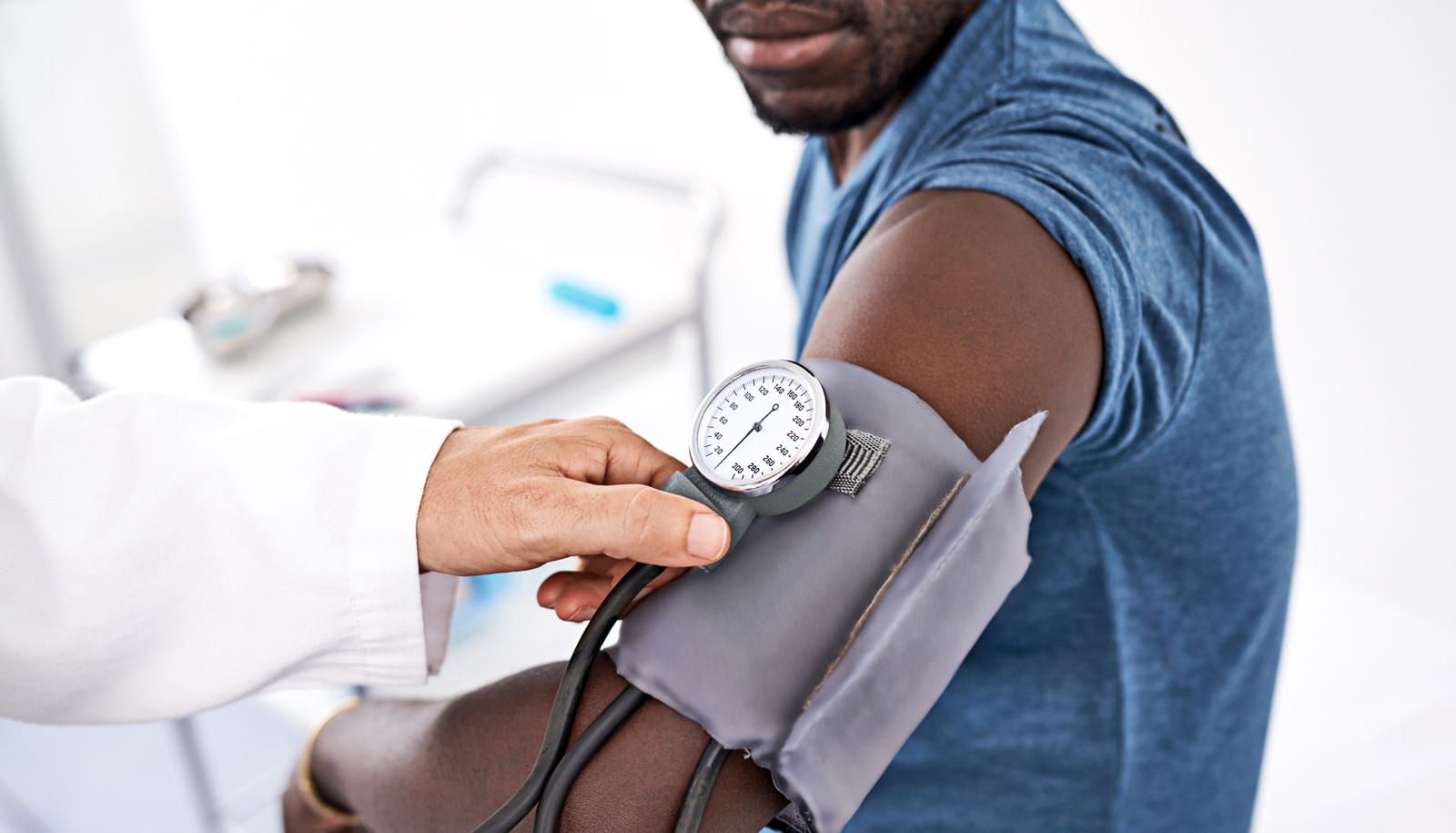
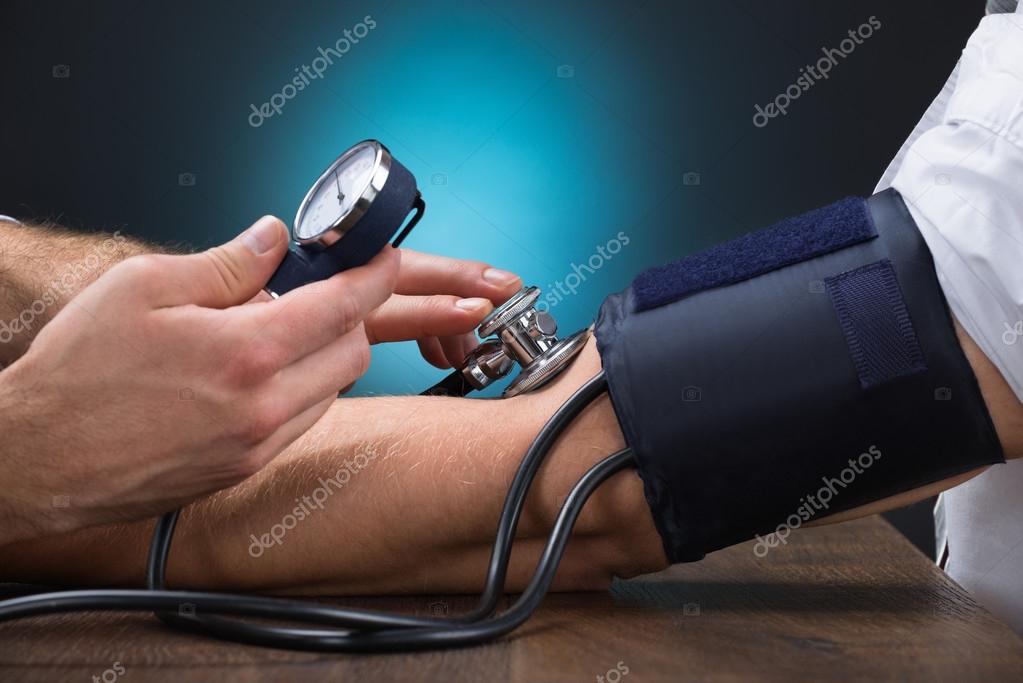 ”
”
 ”
”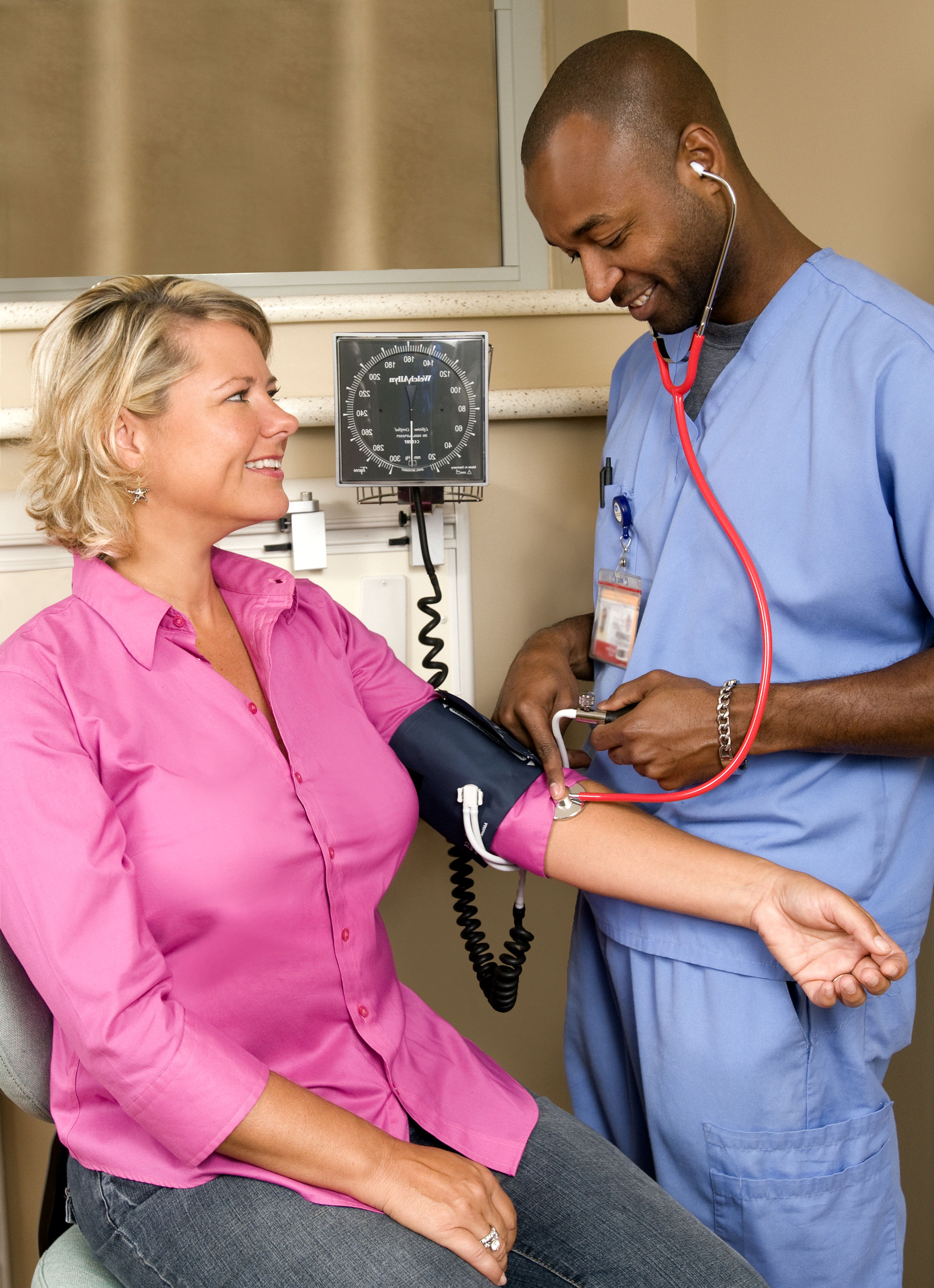
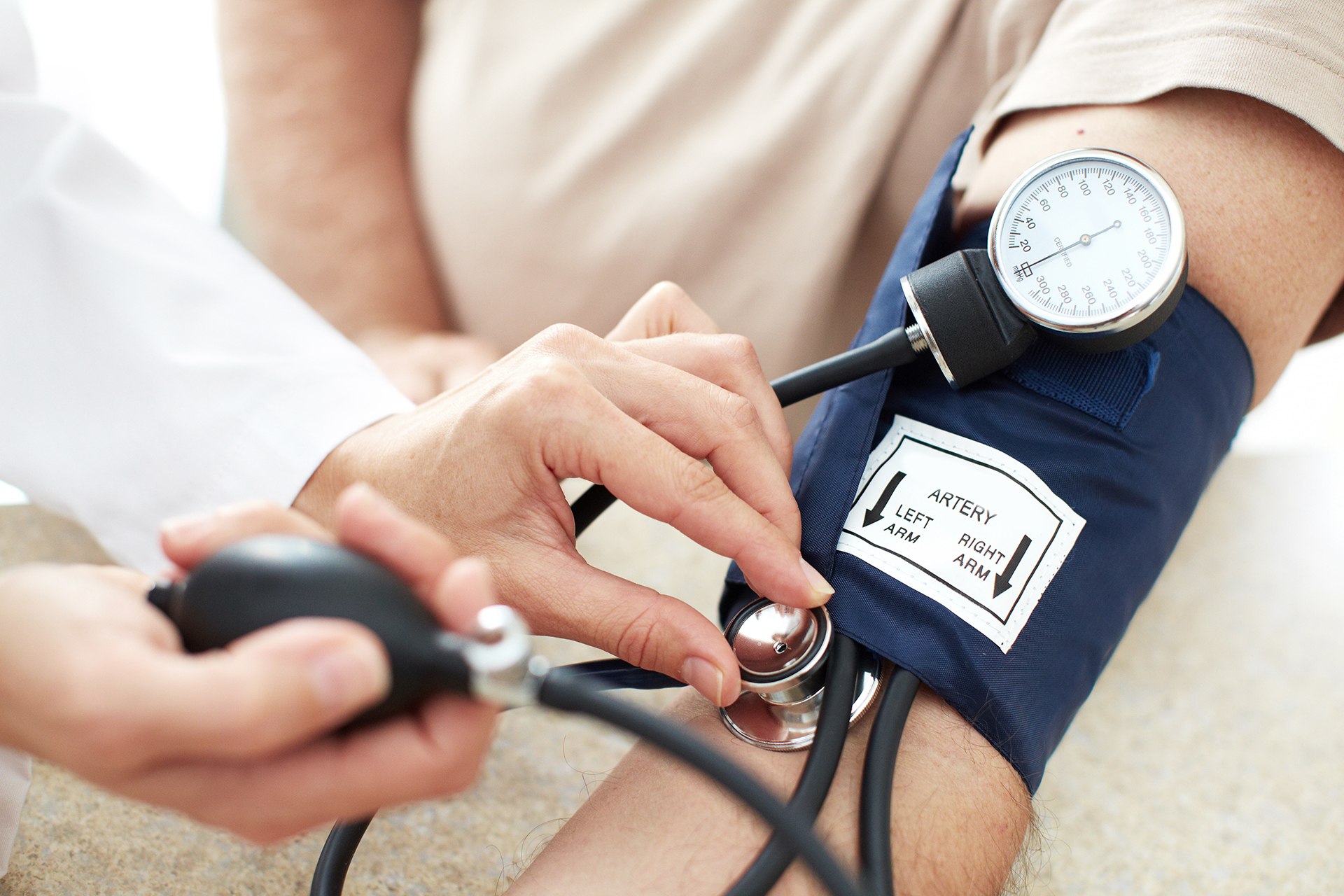
 This is because the elasticity of the blood vessels decreases with age.
This is because the elasticity of the blood vessels decreases with age.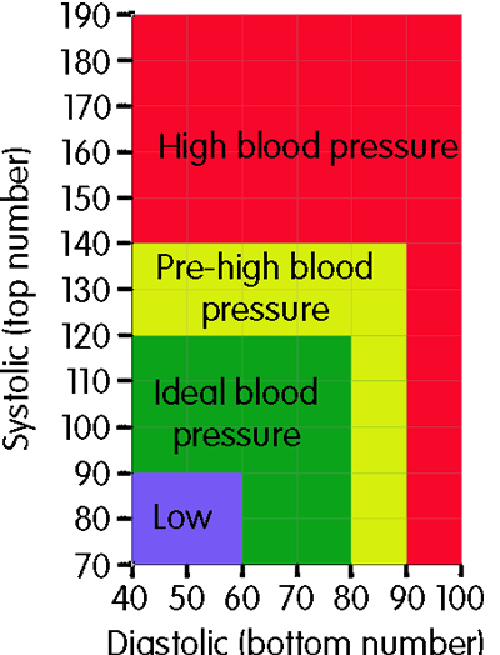 Art., although such devices do not contain mercury. If your heart rate is irregular, it is recommended that the measurements be taken by a physician.
Art., although such devices do not contain mercury. If your heart rate is irregular, it is recommended that the measurements be taken by a physician. This can lead to dizziness when standing up suddenly or bending over, to increased fatigue or lack of energy. If you notice these typical symptoms of low blood pressure (hypotension), you need to talk to your doctor about adjusting your treatment.However, if you have low blood pressure, but you feel fine, there is no reason to change your course of treatment.
This can lead to dizziness when standing up suddenly or bending over, to increased fatigue or lack of energy. If you notice these typical symptoms of low blood pressure (hypotension), you need to talk to your doctor about adjusting your treatment.However, if you have low blood pressure, but you feel fine, there is no reason to change your course of treatment.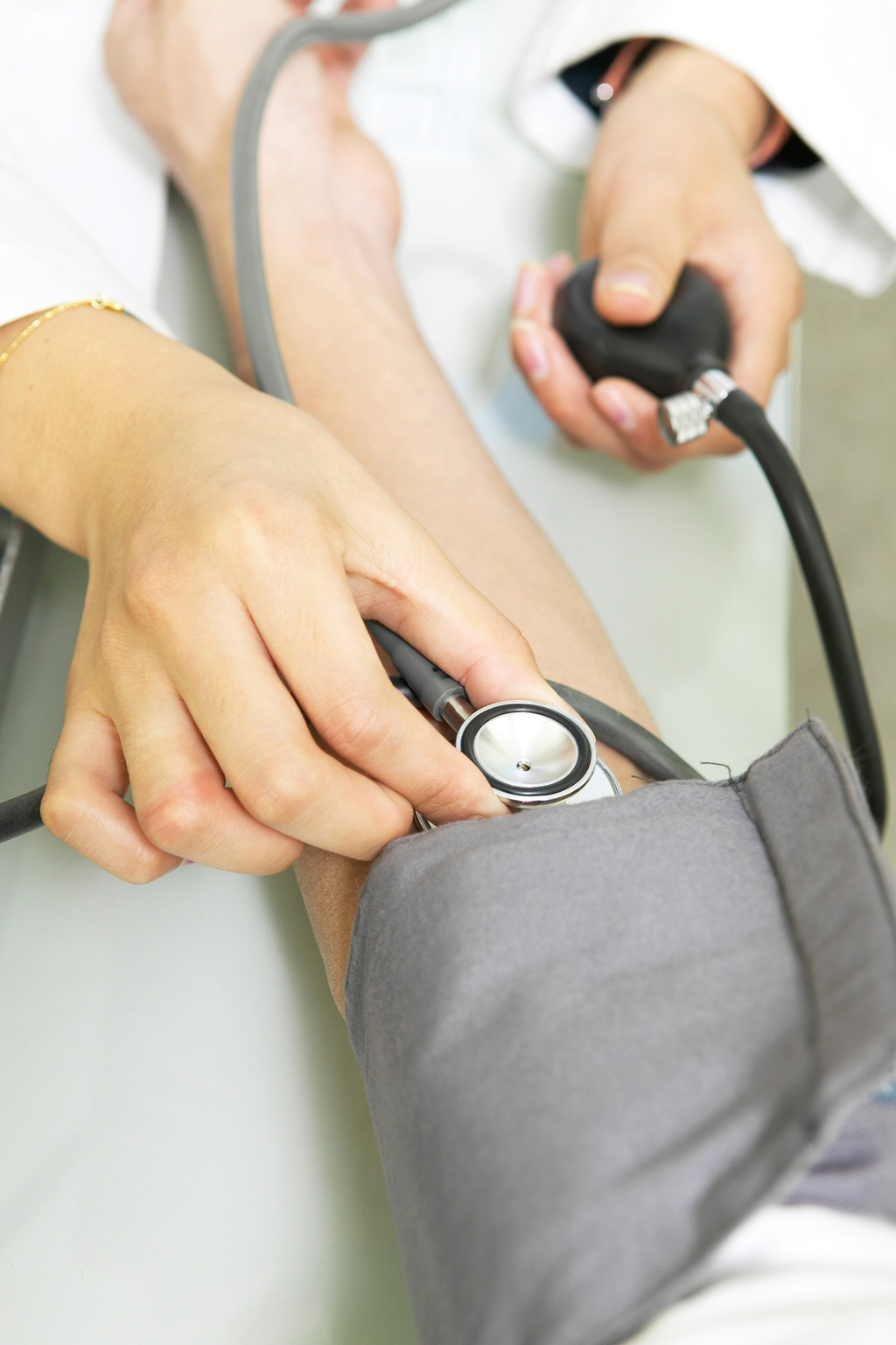 Usually, the situation is corrected by reducing the dose, changing the drug, or changing the treatment with one drug to treatment with a combination of two drugs.
Usually, the situation is corrected by reducing the dose, changing the drug, or changing the treatment with one drug to treatment with a combination of two drugs.
